
Our 2022 Tour
Four weeks on the continent starting in France and covering Belgium, Germany, Luxemburg, Italy and Monaco
Our 2022 adventure started by driving to Dover early on the day of our Dover to Calais ferry crossing, just to make sure we were at the ferry port well in time for the crossing and there was no issues getting stuck in traffic. This also gave us plenty of extra time, which we spent exploring the white cliffs around the port and St Margarets bay, a lovely spot that the James Bond author Ian Flemming once had a weekend home.
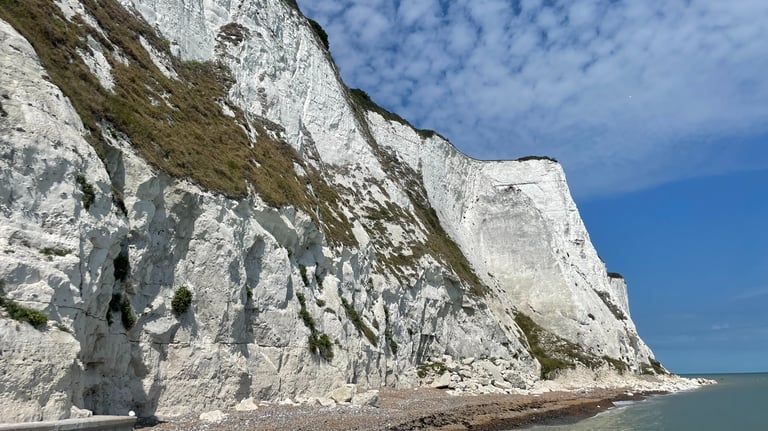

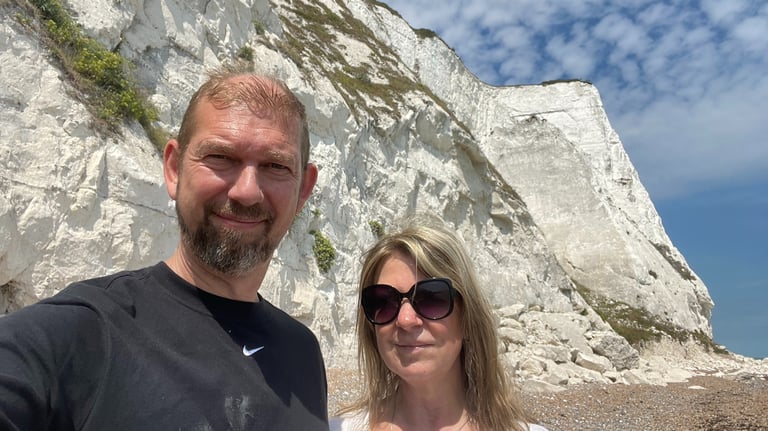



We caught a late ferry as this was a better price and the crossing the was smooth and there was no problems using the pet health certificates to get our two dogs across with us. We did get stoped briefly by boarder force officials with a quick inspection of the camper both nothing to hold us up. We then drove to a small search for sites spot just outside of Calais to park up for the night. Our first stop the following morning was to find a pet shop that sold our dogs dog food brand as you are no longer allowed to take food across with you, not even dry food so we drove back into Calais and found a Tom and Co pet shop as we knew they sold our brand. Then we went to the beach at Wissant, just south of Calais to give the dogs a run. Wissant has a stunning beach that stretches for quite a few miles and allows dogs even in the summer.


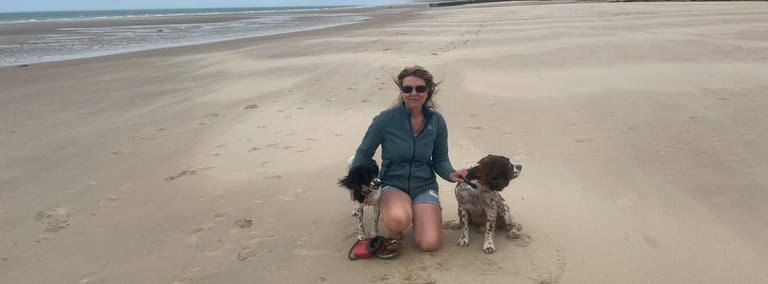

We then decided to drive up to Ypres as we wanted to see the Menin Gate daily act of remembrance. Again we found another search for site stop over, this was a charged site, Kampeerautoterrein Zillebekevijer, however the barrier was not working when we arrived so the attendant allowed us to stay for free, this should have been €9 per night. There was electric hookup included in the price and water available at €1 per 100 litres. we headed over to the Menin Gate where at 8:00pm daily the police stop the traffic and a small crown gathers to witness the ceremony, members of the Belgian Last Post Association play the last post in quite a moving ceremony to honour the of all the fallen soldiers of the former British Empire and its allies.



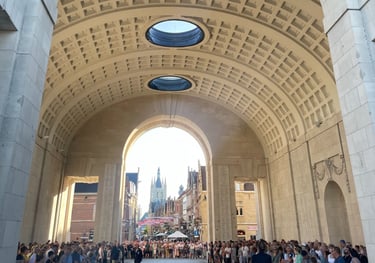

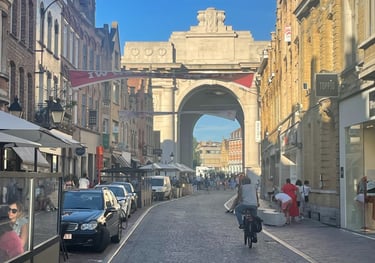
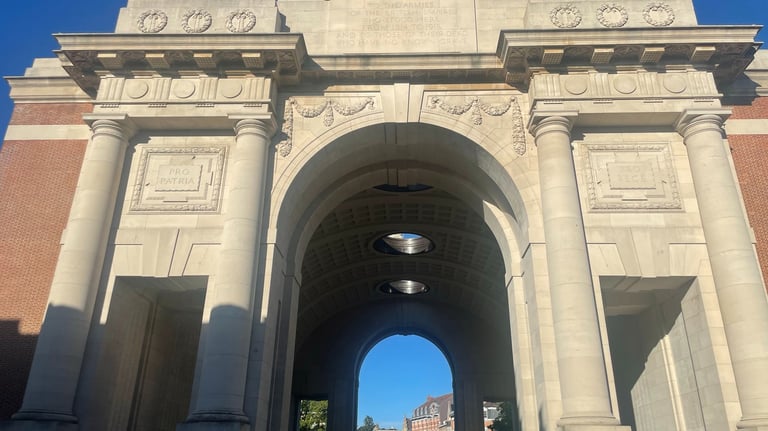

In the morning we drove over to the Tyne Cot cemetery and memorial to pay our respects. Tyne Cot is beautifully kept and the largest Commonwealth war graves cemetery in the world, located near the site of the battle of Passchendaele and holds the graves of nearly 12,000 British and Allied forces and a memorial to the missing, the soldiers that went to war, but never returned and their bodies never recovered.

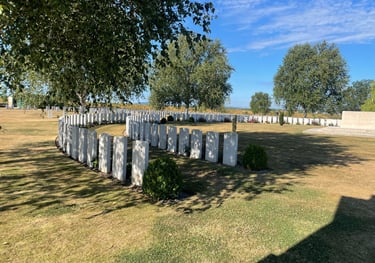
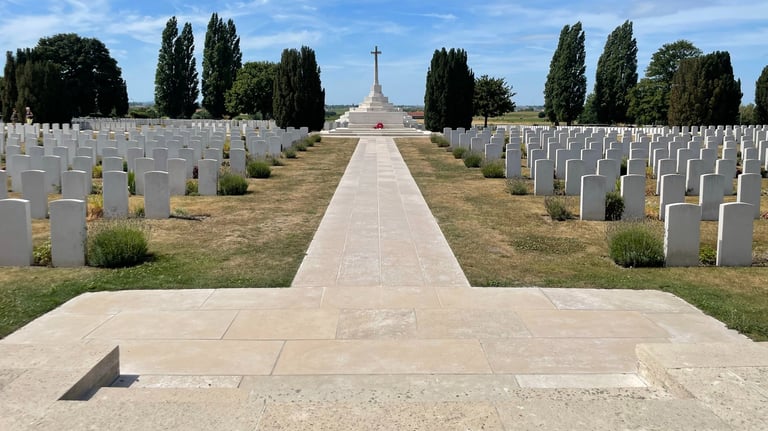

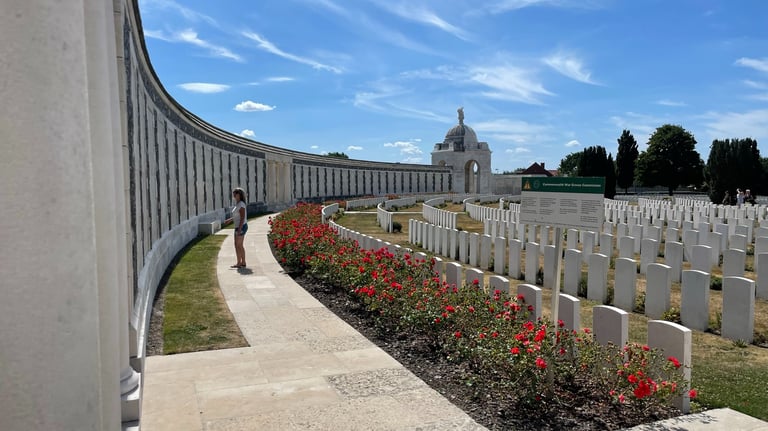

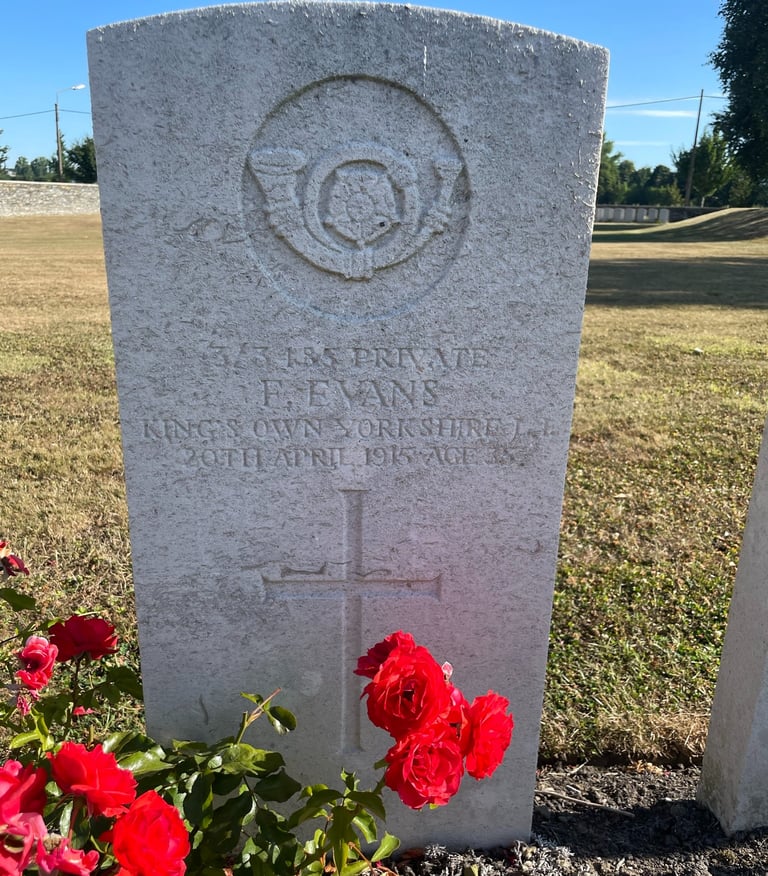


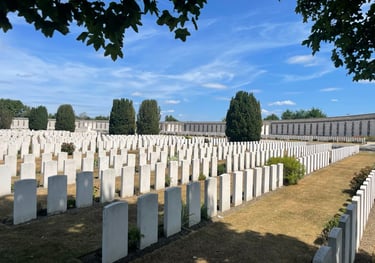
We stayed the night at an aire in Nouvion-in-Thierache, this was a free site located next to a large paid camp site and right next to a large forested area which was perfect for walking the dogs. again there were services if required for a few Euros. We enjoyed a great walk through the forest on marked trails without meeting anyone else. We planned to visit Luxembourg so in the morning we gave the dogs another walk and then drove over to Koerich, a small village near the outskirts of Luxembourg City. This was another free to stay aire with services for a small fee, but close to the city so. We got up early and drove to one of the large car parking areas just outside the city so that we could catch the bus into the centre. All forms of public transport in Luxembourg are completely free so its a great way to get into the city and not worry about parking or prices. Luxembourg city is a lovely city, with some stunning architecture and all the designer shops you would expect, but as we are not really city people we spent a few hours having a look around and then caught the bus back to our camper and drove around 120 miles back into France where we stopped for the night on the car park for La Rocher de Dabo for free, parked right below the church.
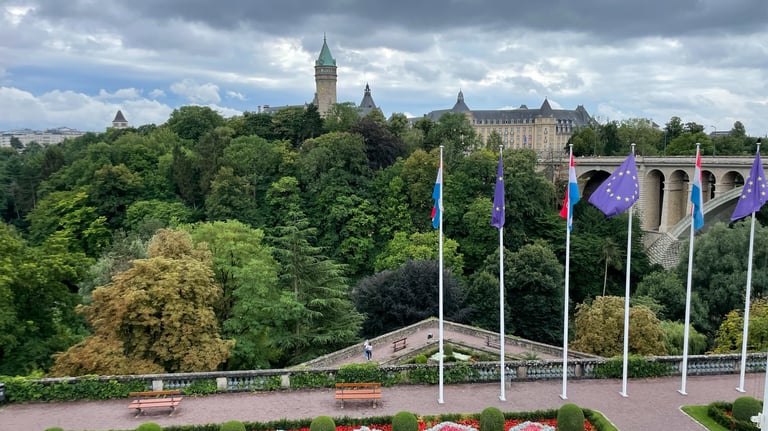


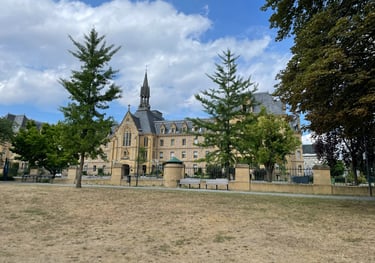
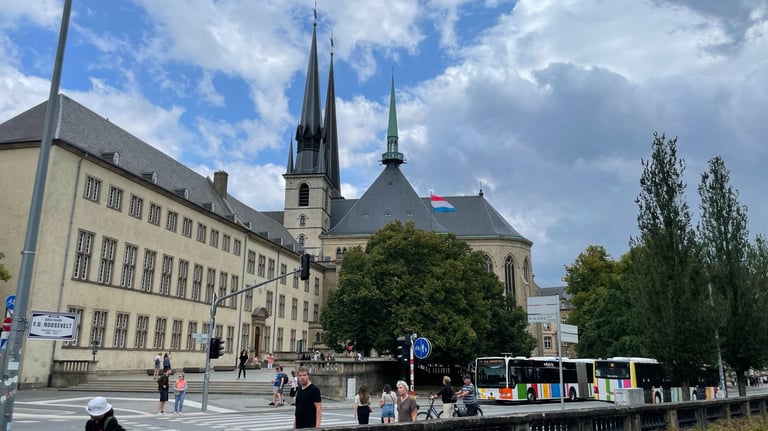

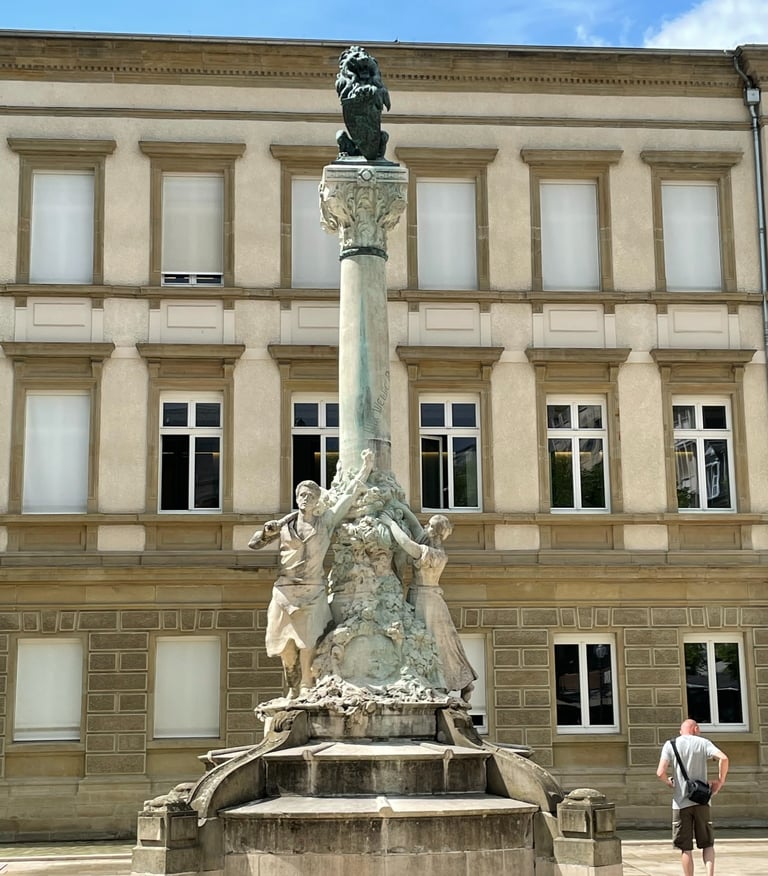


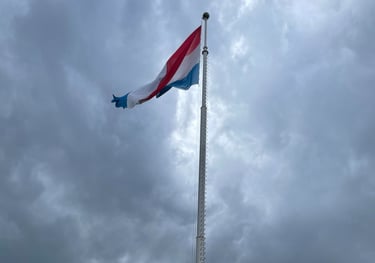
Dabo is a small village in Northern France dominated by La Rocher De Dabo, a large rock formation with a chapel at the top and surrounding landscape that incorporates woodland and rocky outcrops that give great views across the surrounding area. After visiting the Chapel we followed a local route though the woods following some of the rocky outcrops for a great walk before moving returning to the chapel car park to stay another night. The following day we tried out another route as the area was so nice before driving on through Orbey where we stopped to have a look around this lovely little village and then on to Lac Noir, a lake in the Nationale Du Tanet-Gazon Du Faing nature reserve where we spent the night on the carpark overlooking the lake.

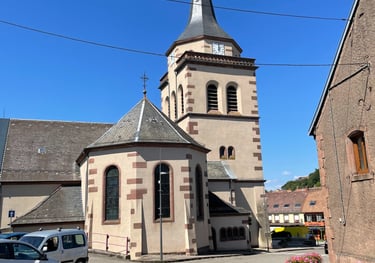
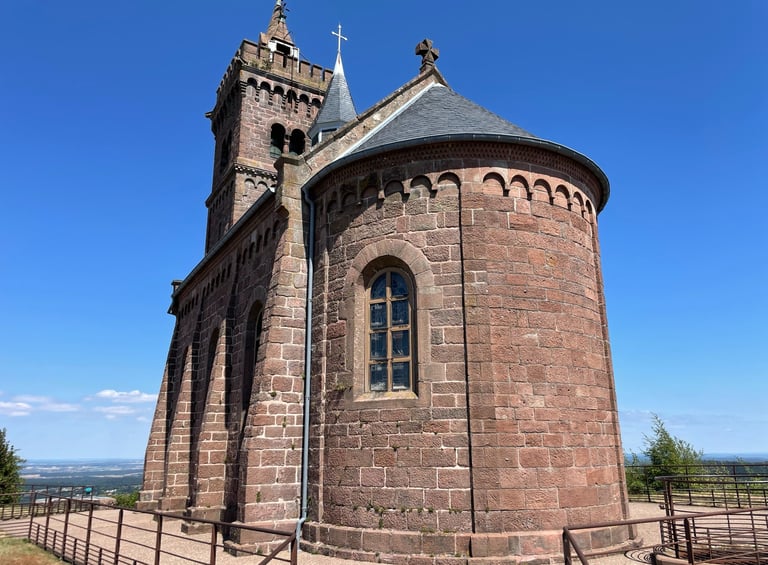

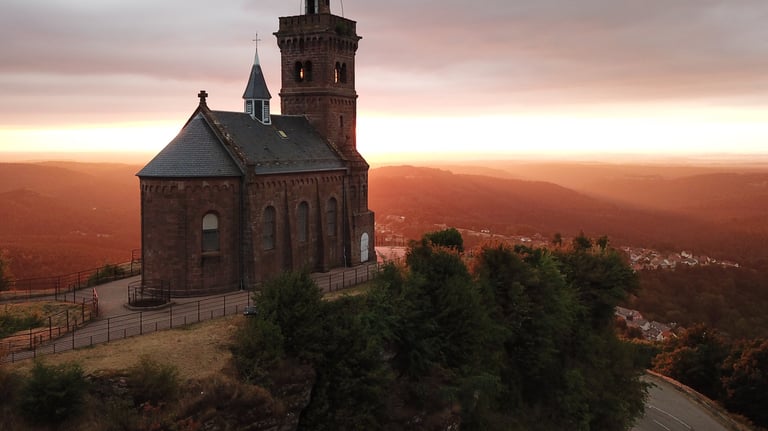


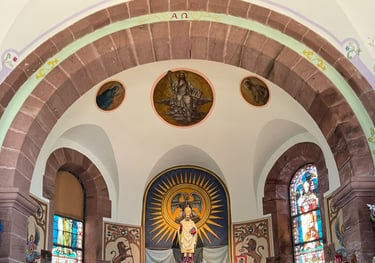
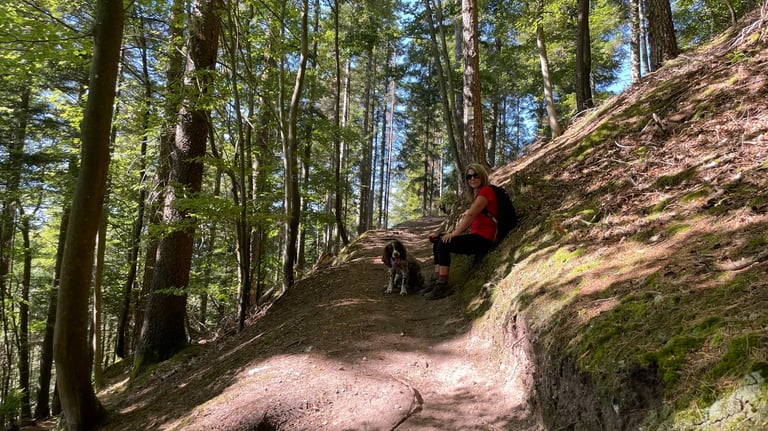

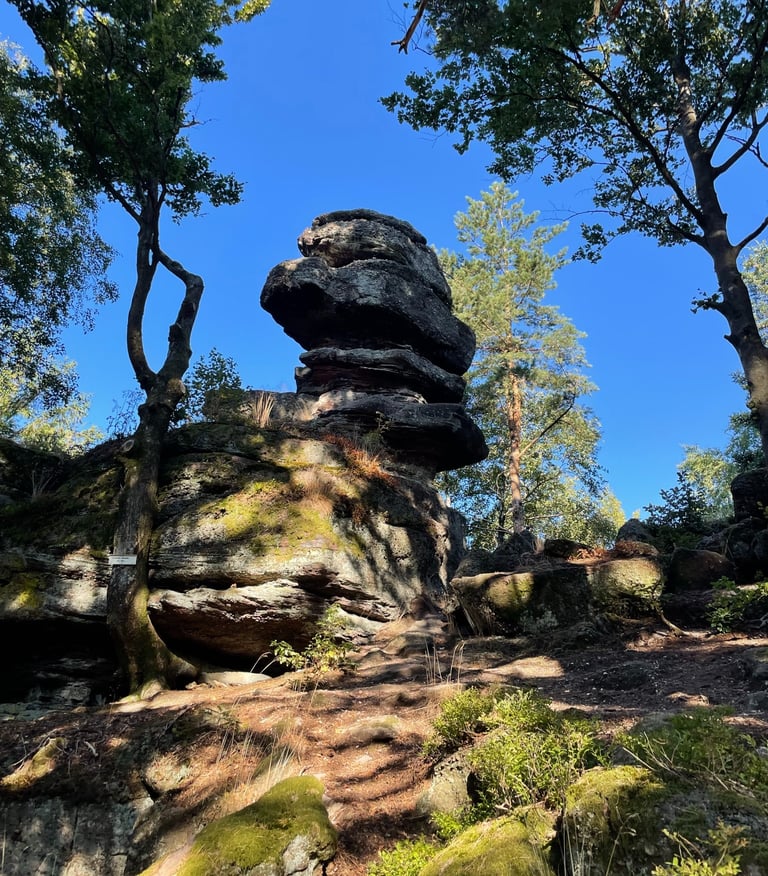


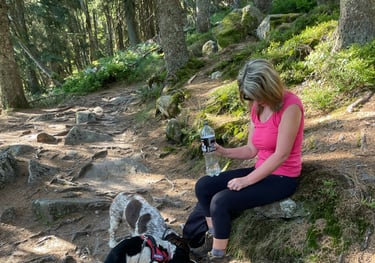
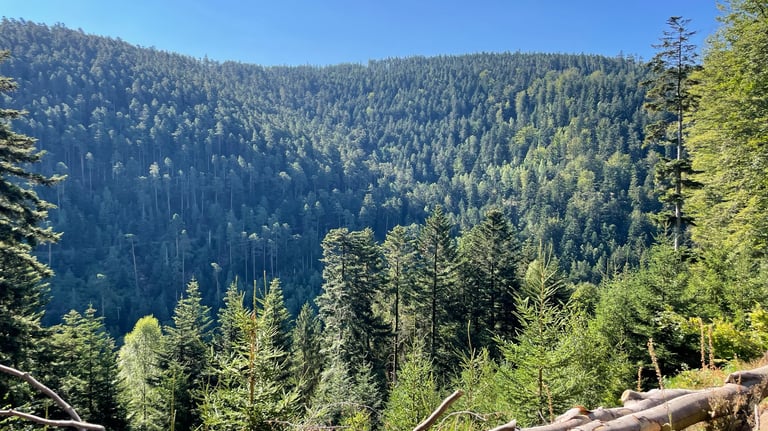

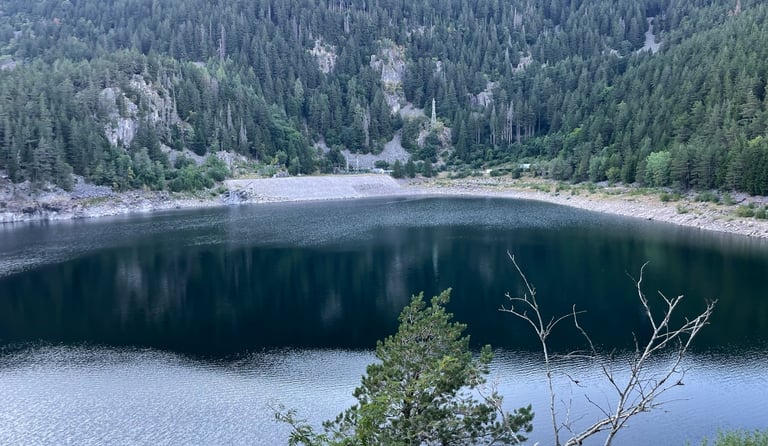

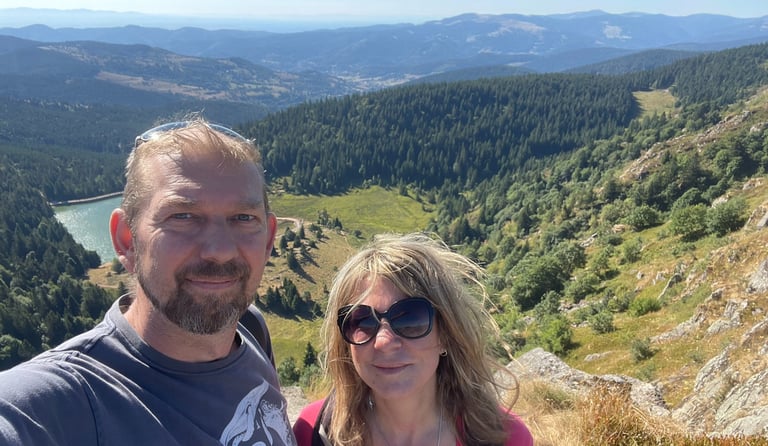

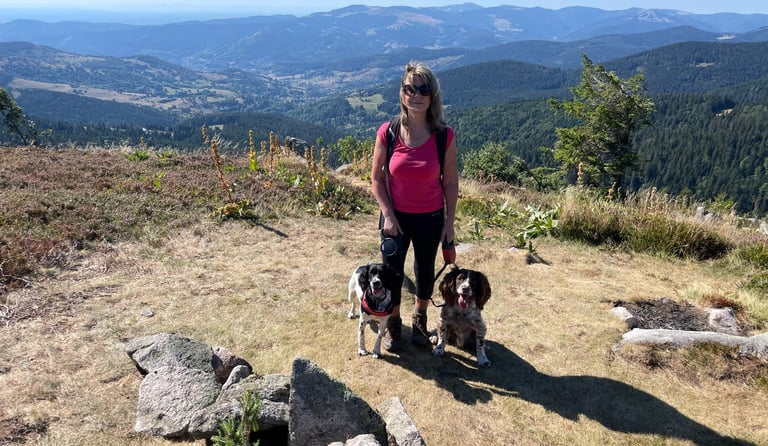

The next morning we took a good hike up into the nature reserve and up onto the top of the hills, through forested areas and open wild areas, giving some stunning views of the whole reserve. That afternoon we moved on to Nantua, quite a drive as it was around 250 miles, but we found a great campervan park up right by the Lac De Nantua, this was a paid park up for €10 per night, but it was right by the lakeside and just a few minutes walk out of the town. The town wasn’t much to shout about but the lake was lovely and we had a great swim the following morning, giving the dogs a much needed cooling off before moving on a further 90 miles to what was our original target destination, Chamonix

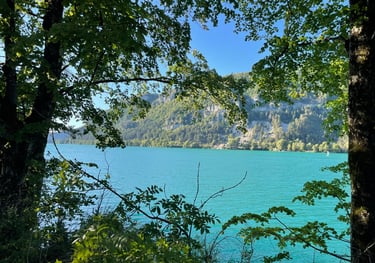

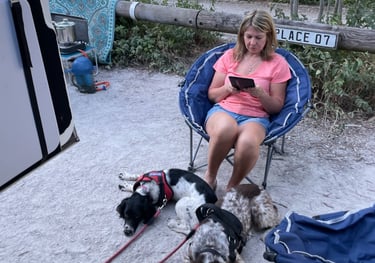
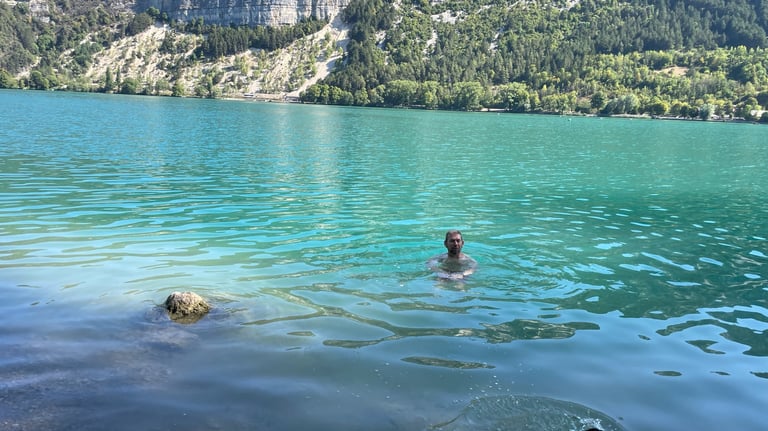


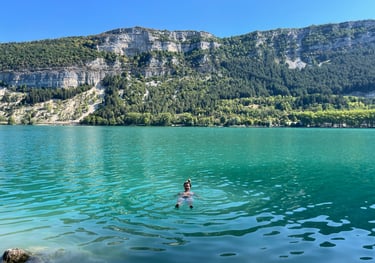
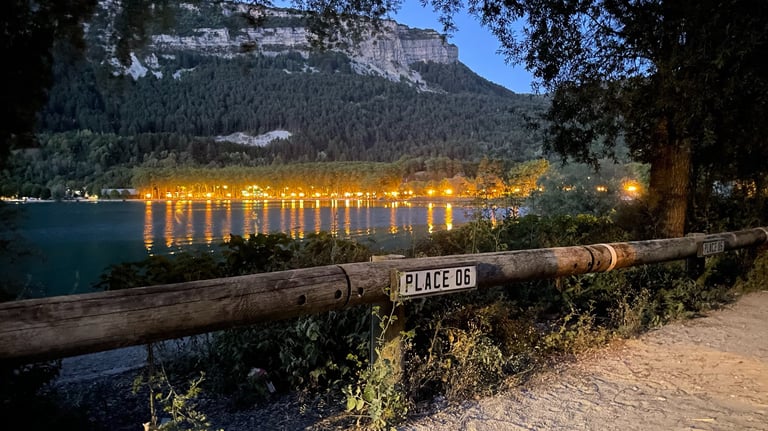

We found a great stopover spot just outside Chamonix on the car park for the Argentière glacier gondola. This is a large car park with both fresh and grey water points and is free of charge and very popular with campers and is far enough out of Chamonix itself be be quite quiet. The village of Argentière is also only a short walk away so handy for a bit of shopping. We stayed there for three nights, using the Plan Jordan gondola which also allows dogs in the day to take you up the mountain to the starting point for many hikes. The cable car was around €20pp for a return trip and free for the dogs. One of the times we went up we walked back down, but this was quite difficult as the route is extremely steep and hard on the knees. However once you were up to the top you could take many routes that were relatively flat or chose to climb higher in the mountains. The walks also give you direct access to the Argentière Glacier, one of the larger glaciers found within the Mont Blanc massif.
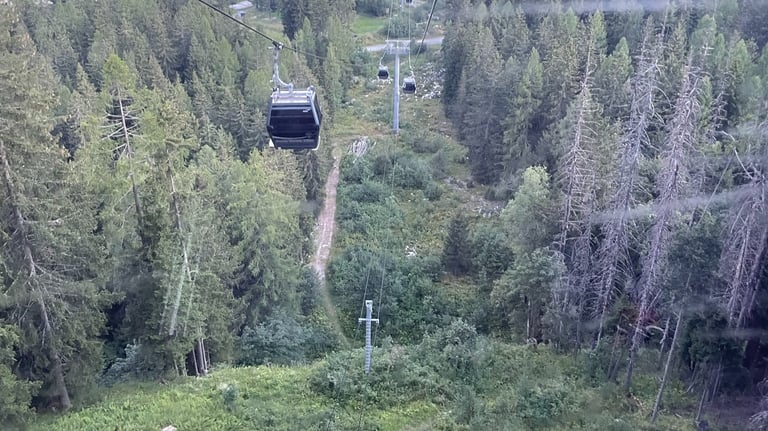




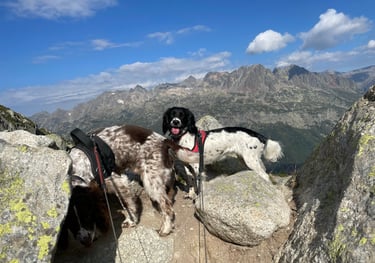
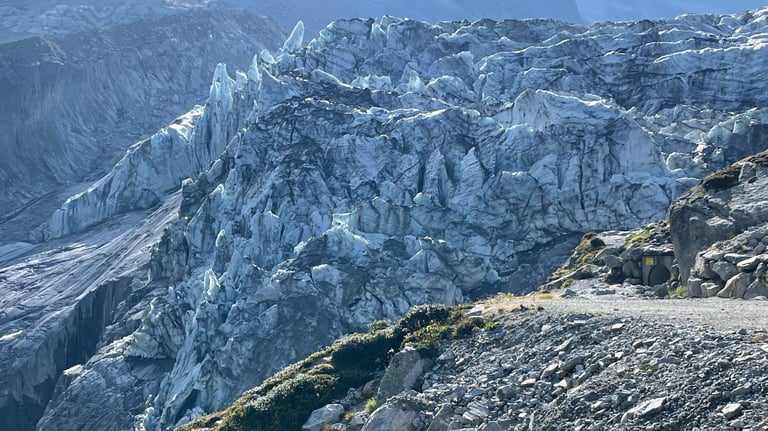

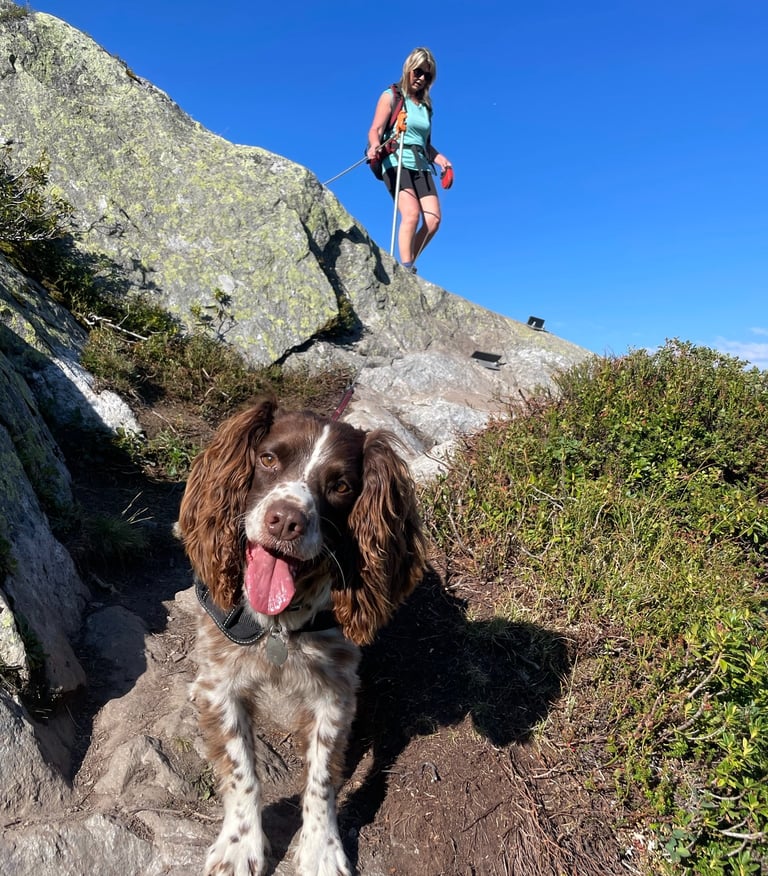

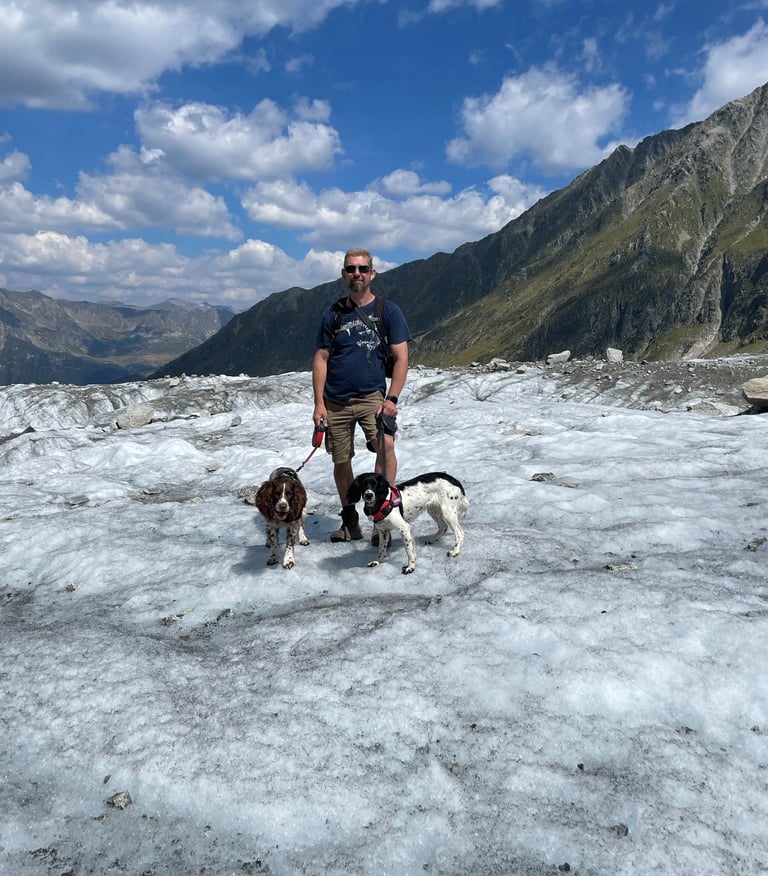

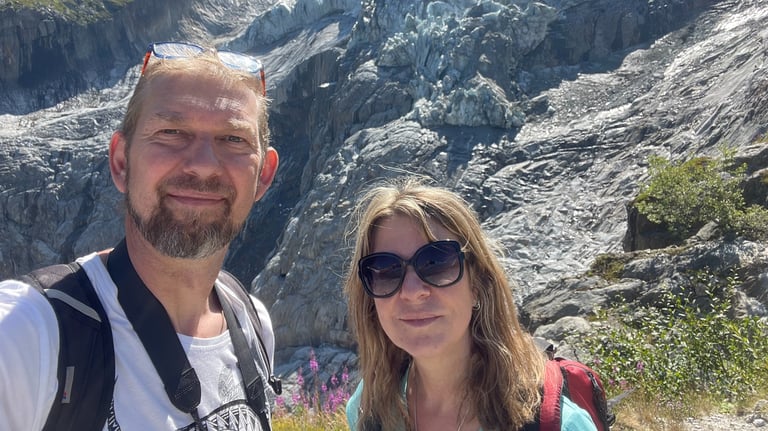

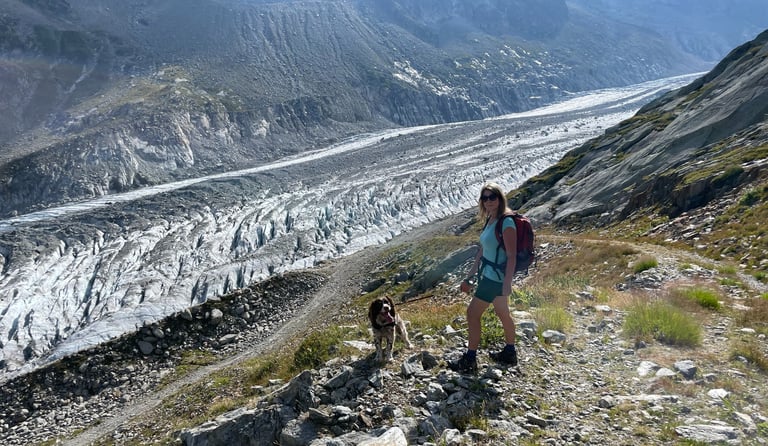


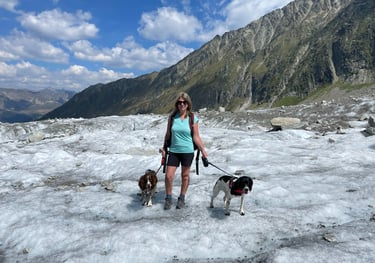
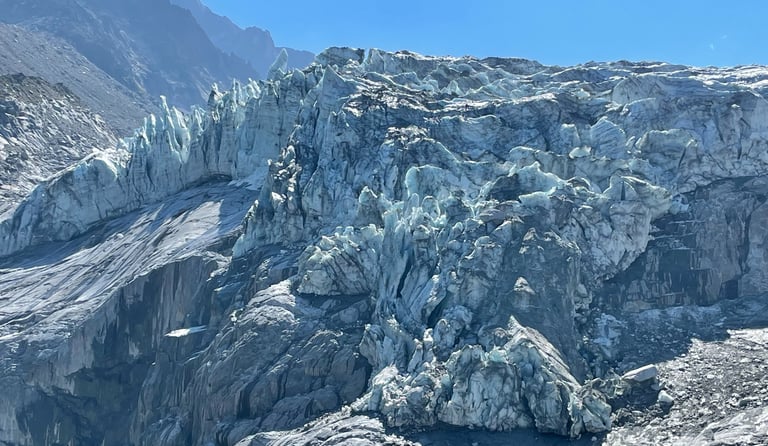



Whilst we were there I also used the opportunity to take the Aiguille du Midi cable car, when it was built in 1955 held the record for the worlds highest cable car, it still holds the recored for being the highest vertical ascent cable car in the world rising from 1,035m to 3,842 m. Tracey stayed in Chamonix as she didn’t fancy the last cable car section! It wasn’t cheap at around €75, but it wasn’t to be missed as we were there anyway. When you get to the top you get staggering views of Mont Blanc itself, Europes tallest mountain, but also the surrounding mountains and the Chamonix valley. There is a sack bar, cafe and restaurant at the top along with a panoramic viewing platform and a glass floor walk called “Step into the void” which of course I had to have a go. This ends in a glass box clinging to the side of the mountain that is 1000m above the Bossons Glacier.
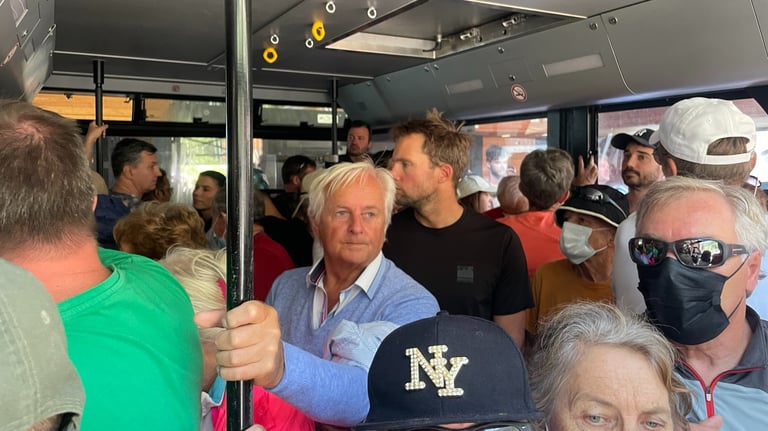

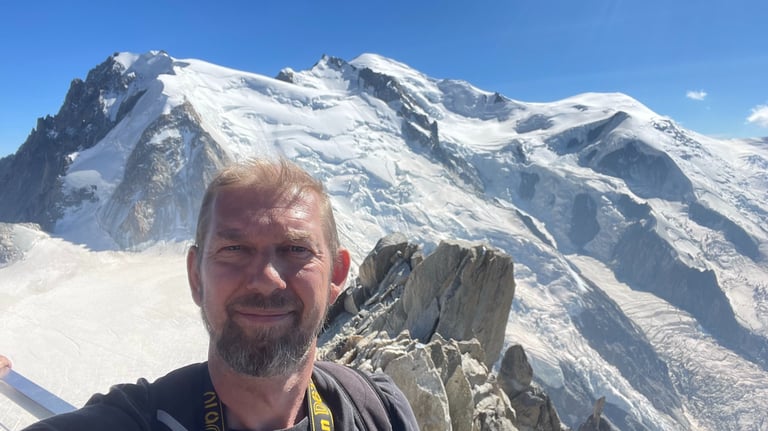

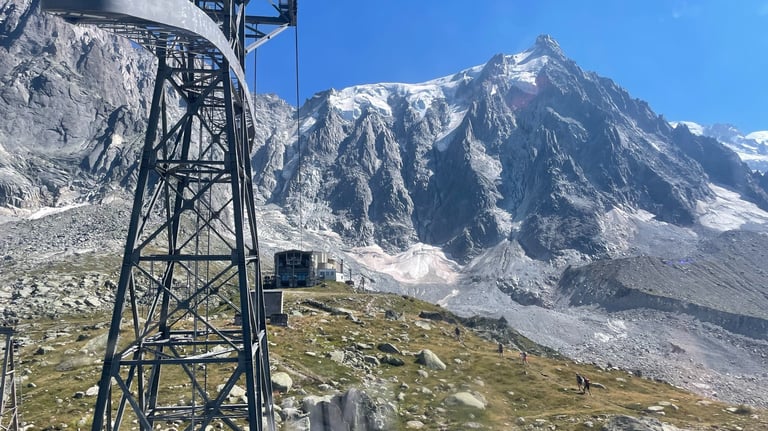

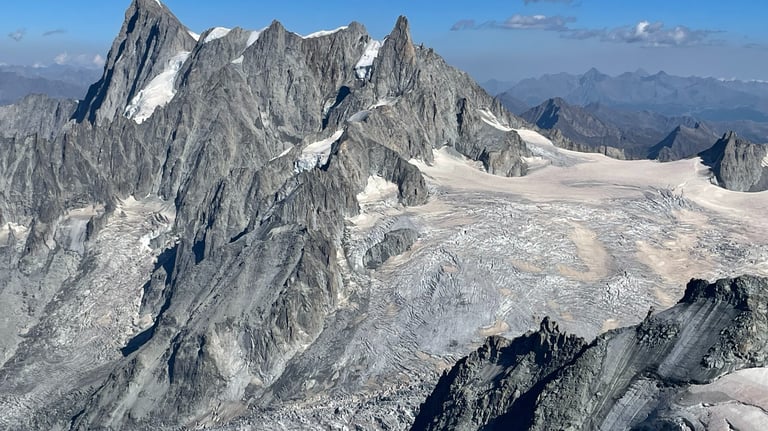

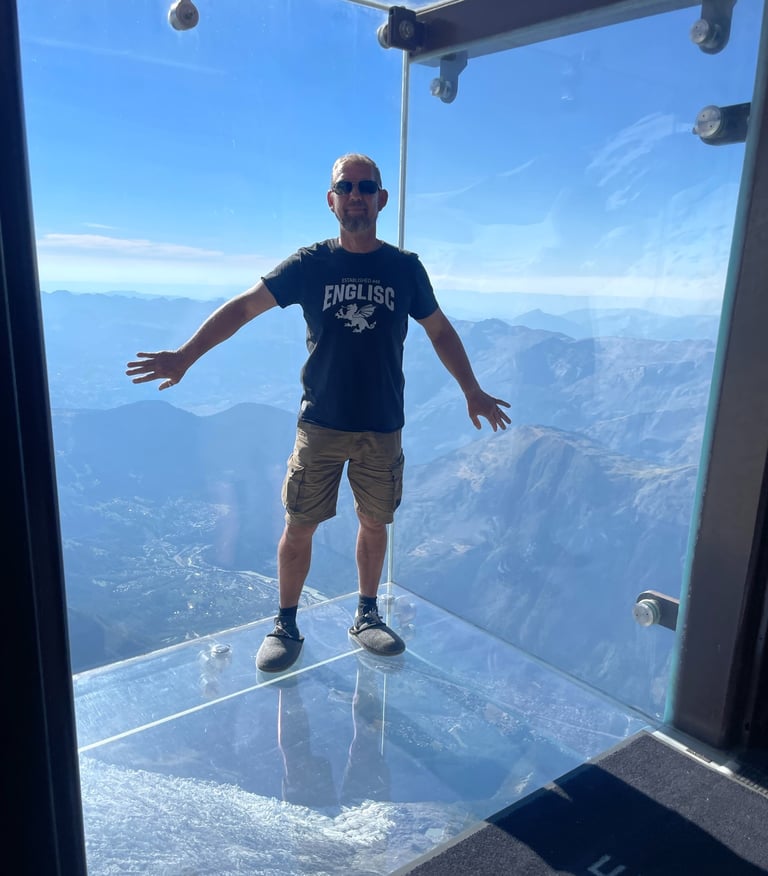

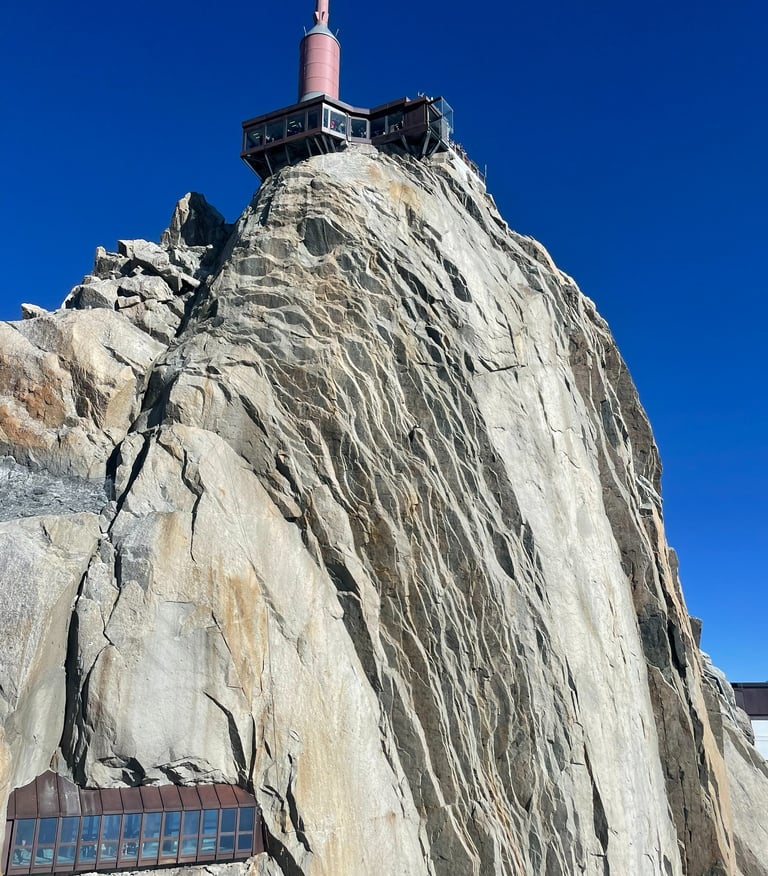

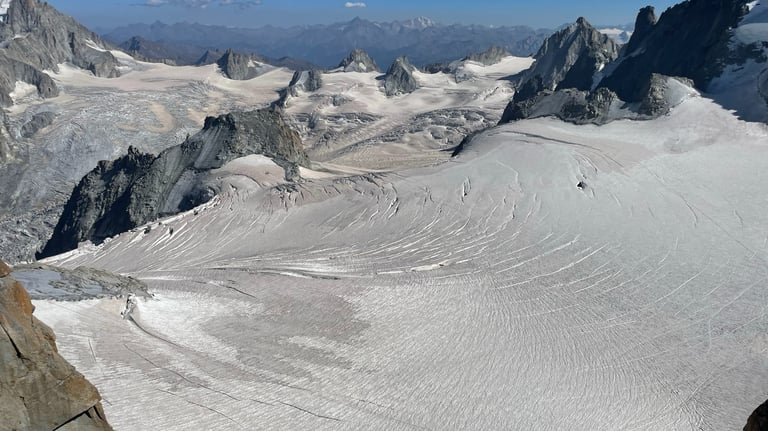



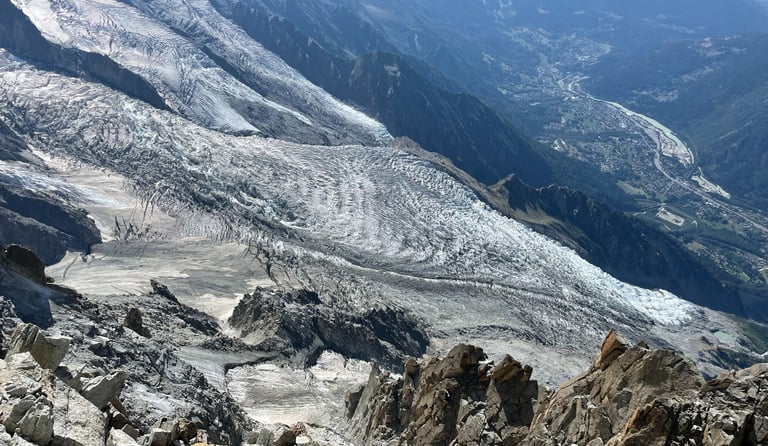

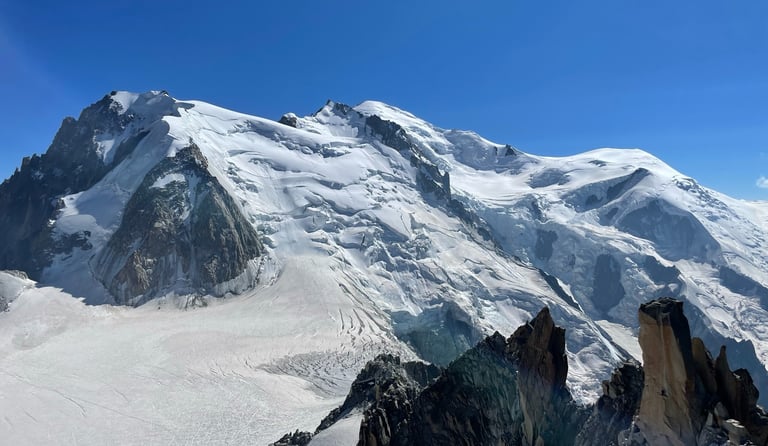

Our final day in Chamonix we moved to a car park just outside the entrance to the Mont Blanc tunnel and walked up through the woodland to the Bossons glacier. The footpath only takes you so far, but you can continue on past the signs that say “danger” buy climbing over the handrail and walk up a well trodden path right onto the glacier. The Bossons glacier is one of Mont Blancs larges and also the largest altitudinal drop of all the Alpine glaciers in Europe. When on the glacier you can hear it moving, very low rumbles and cracking noises unnerve you and there is the constant noise of running water from below the huge blocks of ice ready to tumble down the mountain.That night we stayed on the carpark at the bottom of the glacier ready for our trip through the mountain the following day.


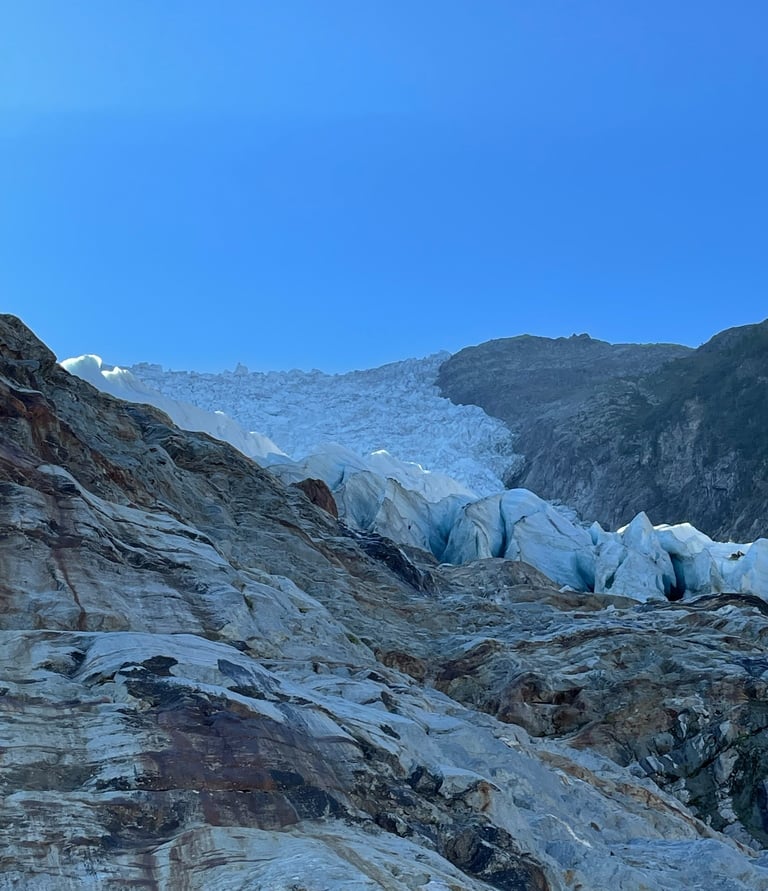

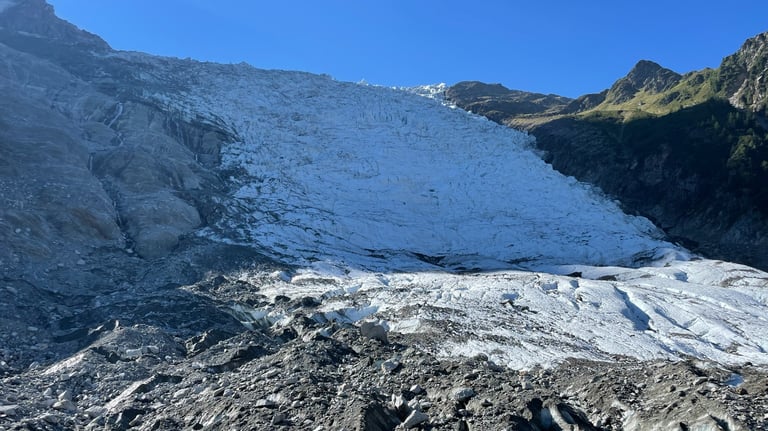


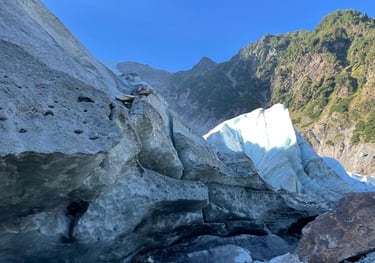
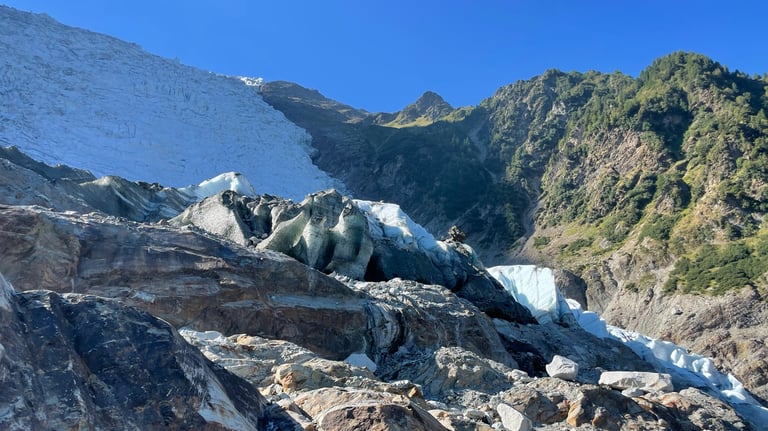

In the morning we joined the queue and paid our €70 Euro toll and after a short wait entered the Tunnel du Mont-Blanc. You are timed by traffic lights so that each vehicle remains at least 150m apart and there are only a limited number of vehicles allowed at any one time, this follows safety measures implemented following a deadly fire in the tunnel in 1999 which claimed the lives of 39 people. Reappearing from the tunnel you enter Italy, and we decided to have a long stint driving to get down to the Italian coast, this was around 220 miles. We reached the coast around Zinnia and could not believe how busy it was, every spec of sand on the beaches had people on it so we decided to drive on, we followed the coast road back towards France, but every beach or strip of gravel was the same, it also seemed that every camper park up was full so eventually we gave up looking for a spot to stay by the sea and drove up into a little village, Cisano sul Neva which is around 6 miles inland where we found a quiet carpark for the night for free. In the morning we had a great walk through the village and up into the hills before driving on.
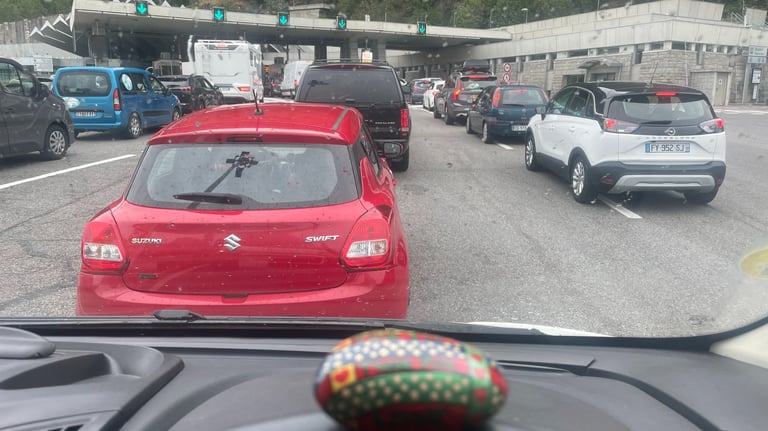

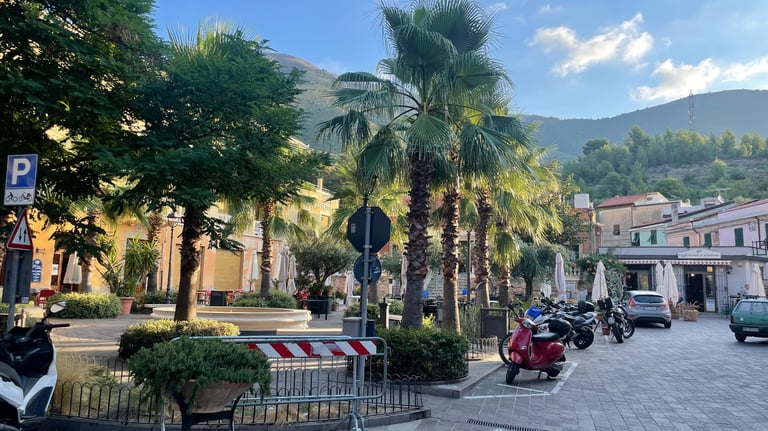

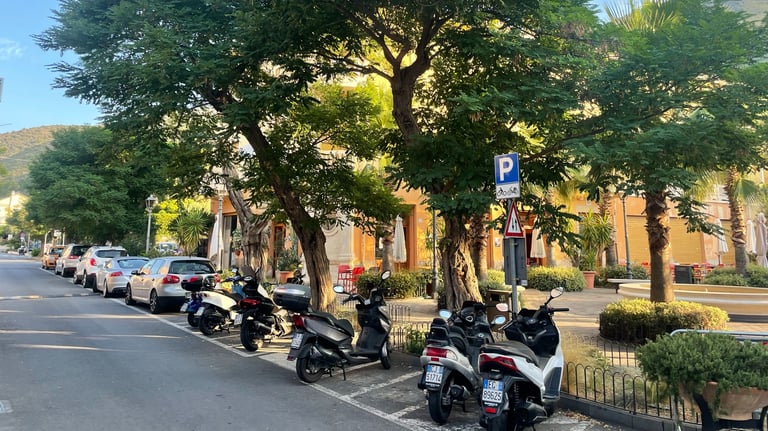

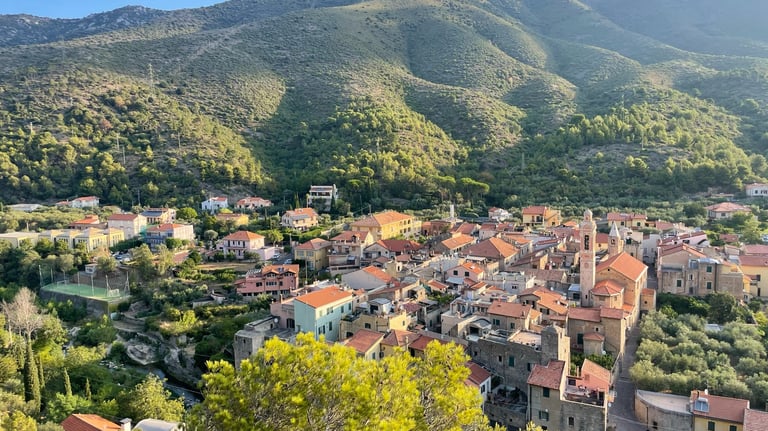

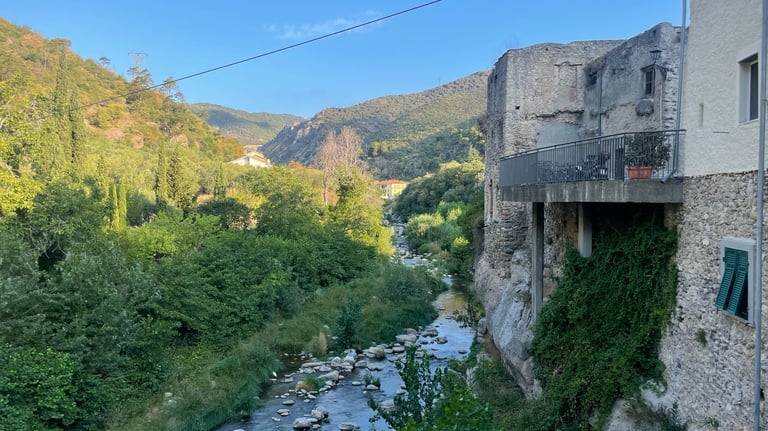


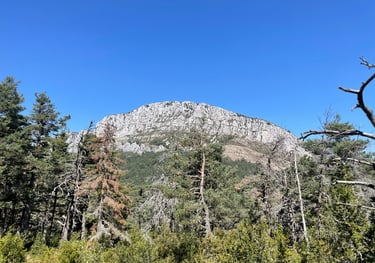
From Cisano sul Neva we headed back along the coast to Monaco, we planned on stopping for a few hours in Monaco, but again it was that busy we only drove around the formula one street circuit and seeing a few sights before heading on back inland again, but this time to follow the Route Napoléon and our slow return to Calais. Our first stop at Ca Du Pays de Grasse, was on a high plateau, were there were large open areas of grassland next to a large forest that you could stay for the night for free.
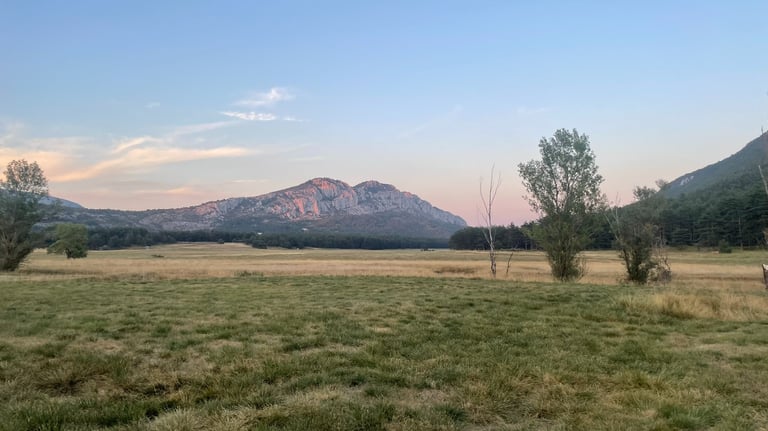

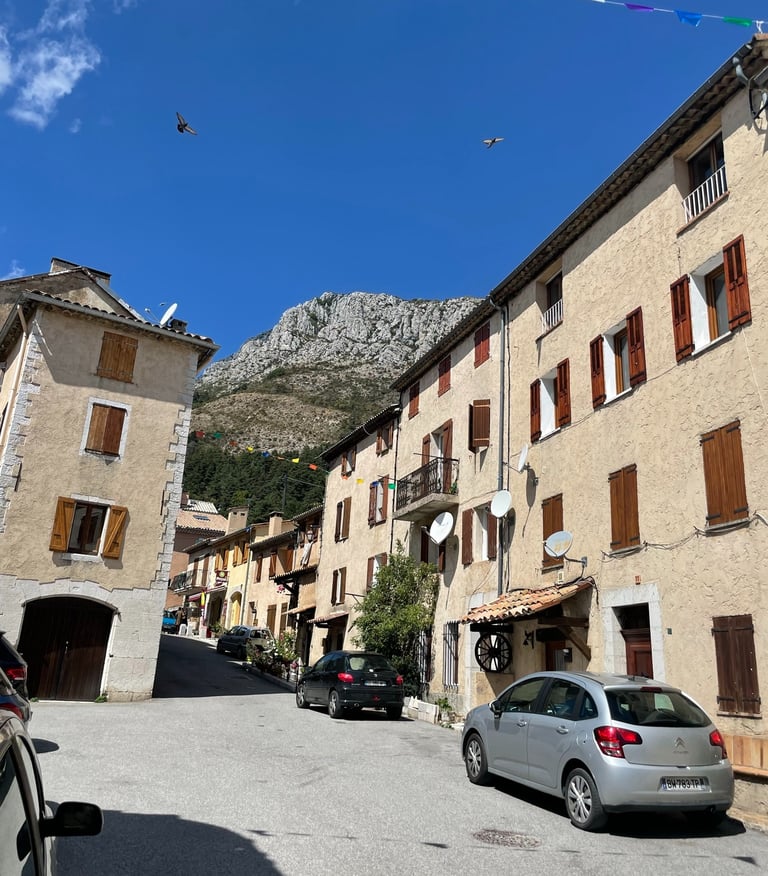

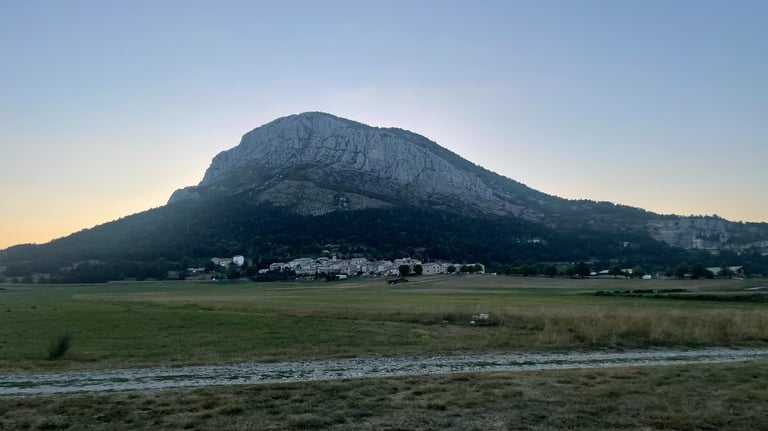



The current Route Napoléon is around 200 miles long, it was first opened in 1932 and follows the route taken by Napoléon Bonaparte in 1815 on his march from Elba to Grenoble. Napoléon had abdicated in April of 1814 and gone to Elba. In March of 1815 he landed at Golfe-Juan and began his journey following this route with the intention to overthrow Louis the 18th, the king of France at the time. The route is marked along the way with statues of the French Imperial Eagle. We followed the route north stopping at Castellane to have a walk through the village and then on to Lac De Castillion where you can have a great walk around the lake and park up for the night.
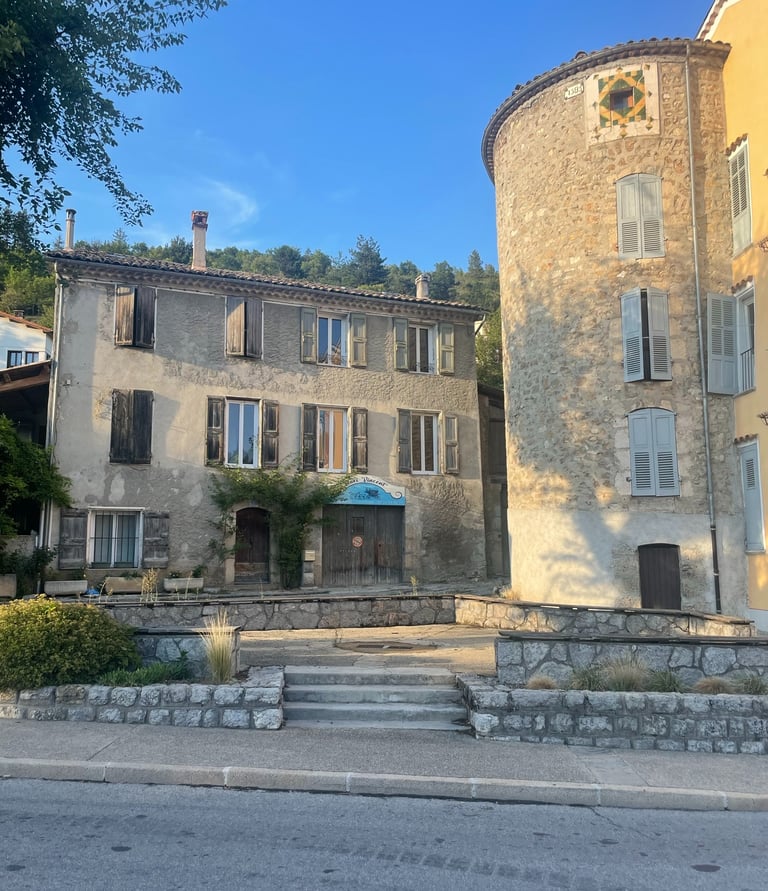

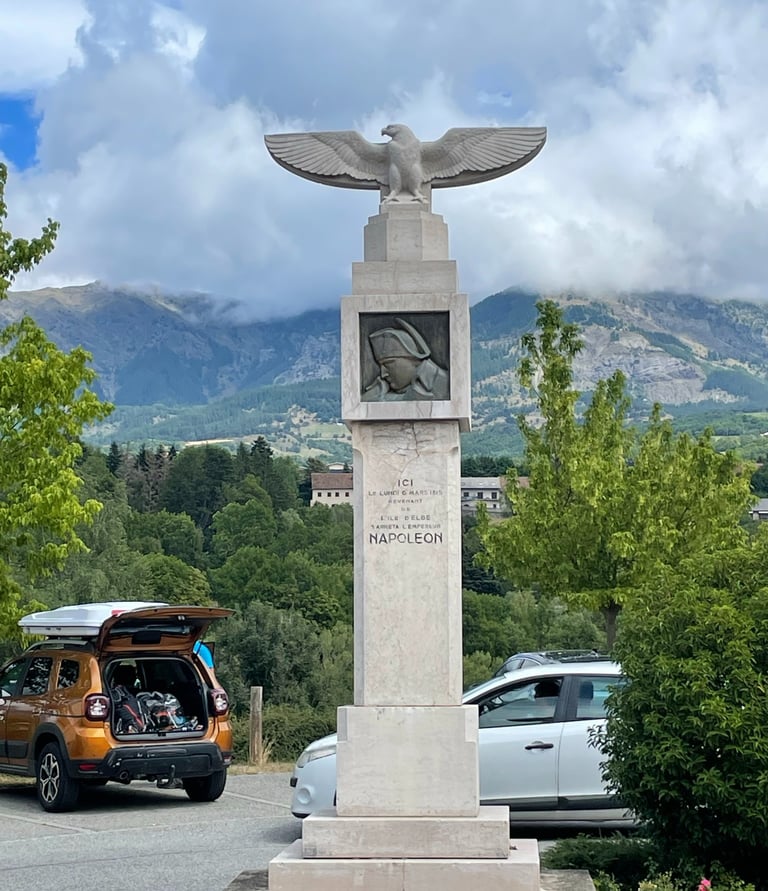

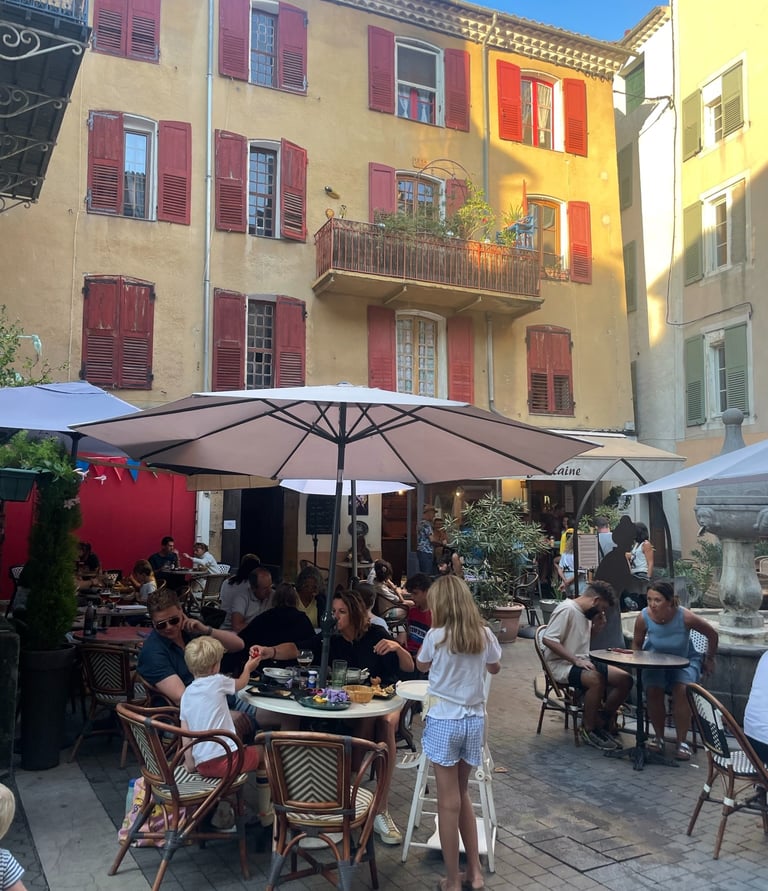


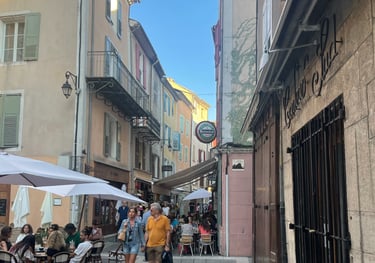
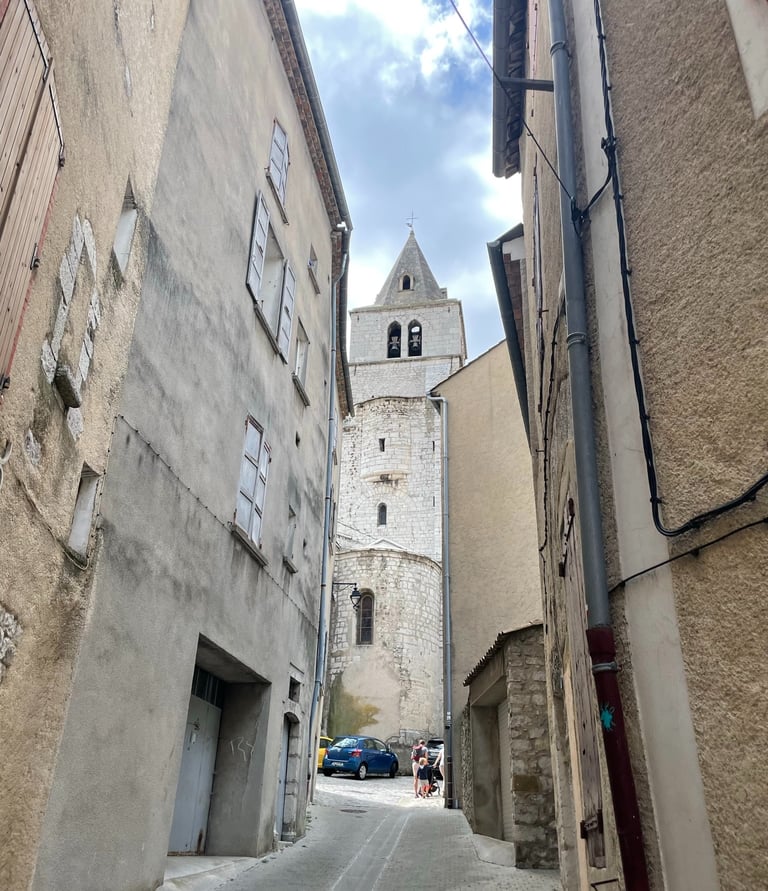


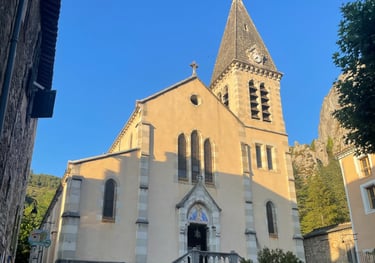
We continued on the following morning to Sisteron where we parked up for the night on a carpark near the Citadel of Sisteron. Sisteron is a stunning town surrounded by fabulous geology sitting between two large mountain ridges and is dominated by the Citadel which is worth a few hours exploring its various ramparts, church and museum. The town is also worth a few hours having a wander around.

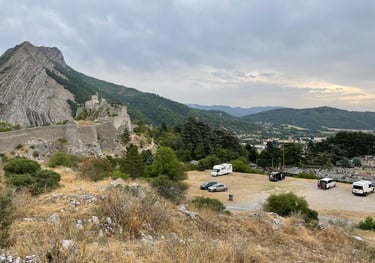
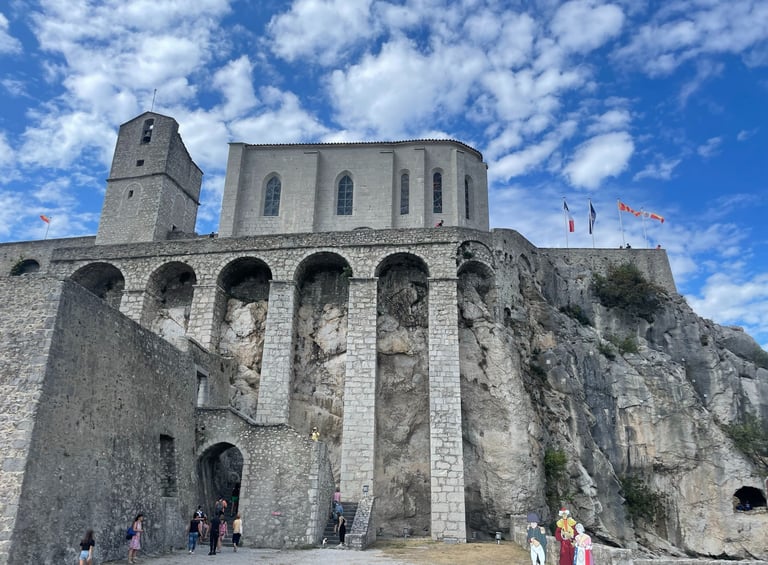

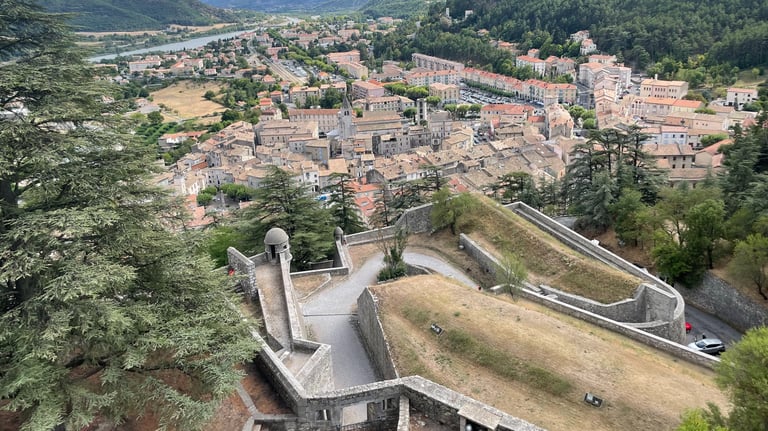

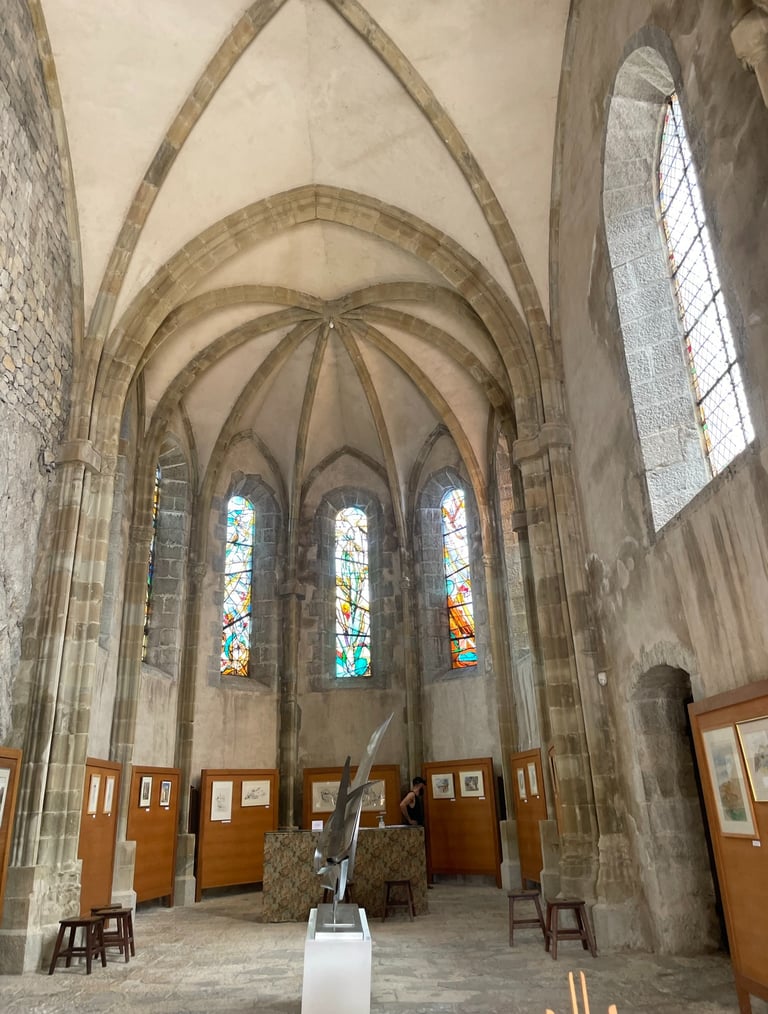

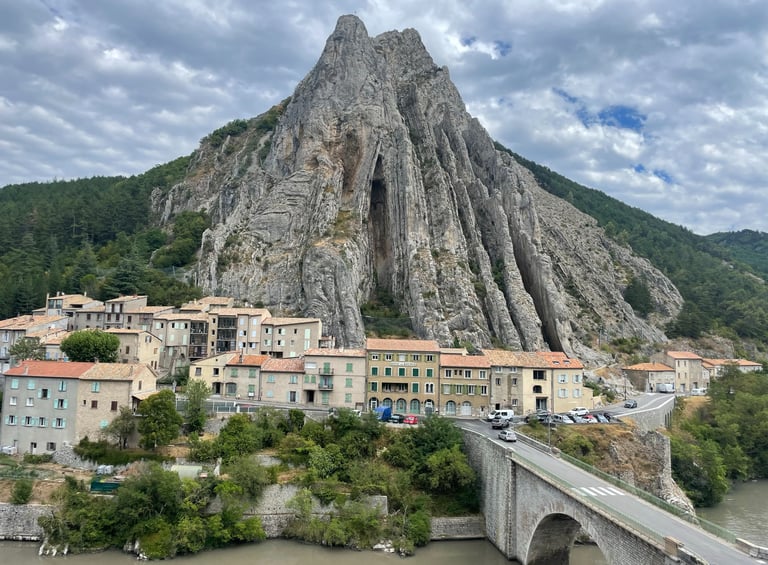

Further north along the Route Napoléon past Saint-Bonnet-en-Champsaur and up to Lac de Castillon were we spent the night by the lake taking a nice walk and swim for the dogs in the lake. We then moved on to the forested area near Marchampt where we found a great isolated spot in the woods where we parked up and had another great walk through the hills.

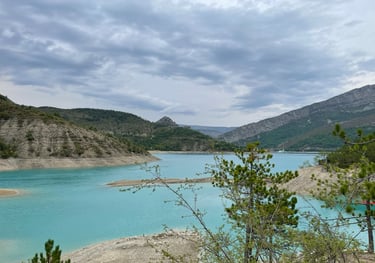

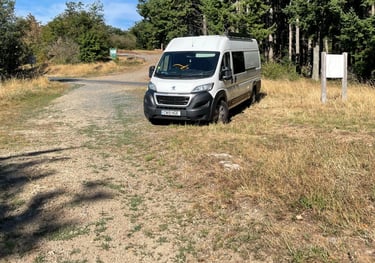
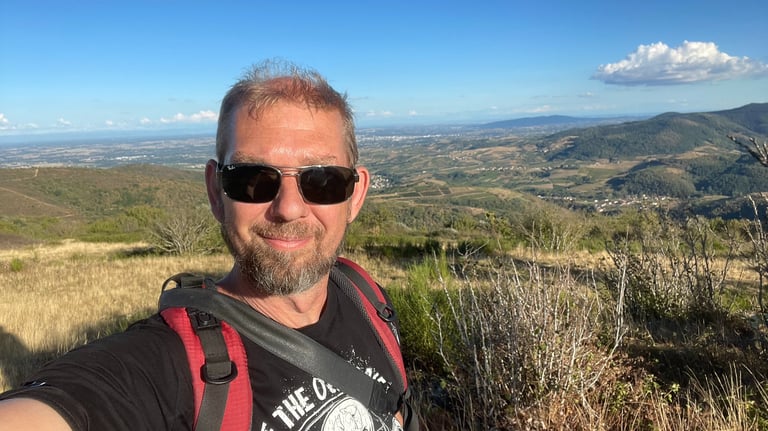


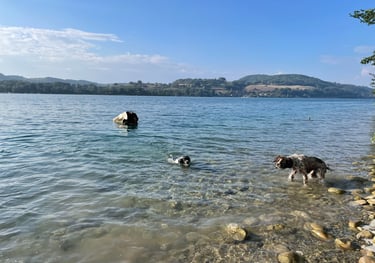
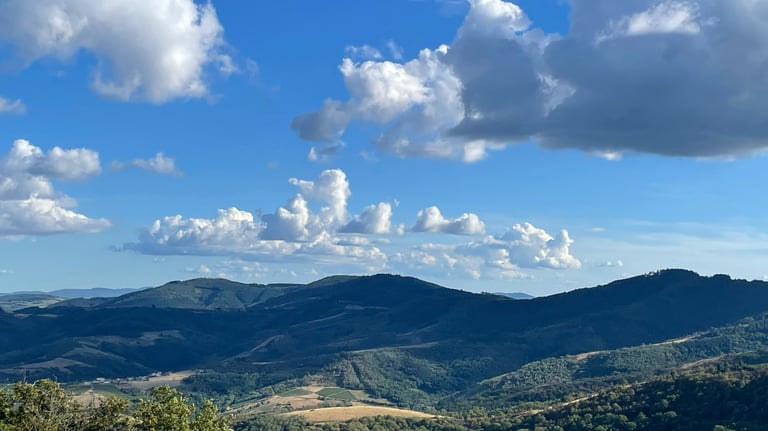

The next night we stayed at Lac des Settons, and another walk around a large lake and we also found some lovely vintage motorcycles parked up. We then moved on to a small village Druyes-les-Belles-Fontaines where we stayed the night on a free aire just outside the village, a small village famous for its historic monuments including the Château de Druyes , the ruins of a 12th century medieval castle.
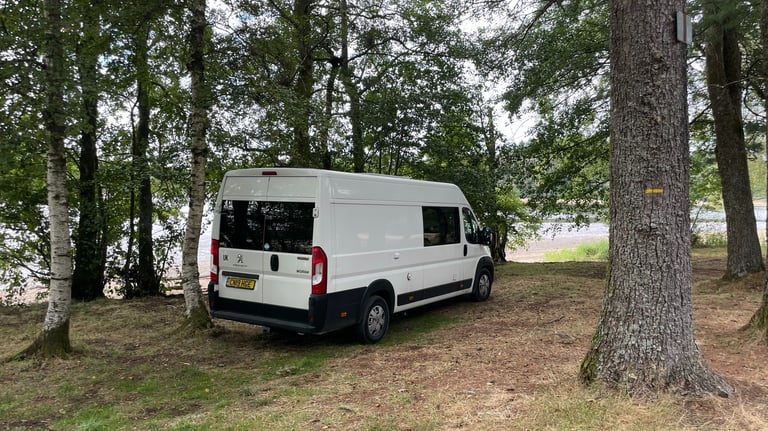

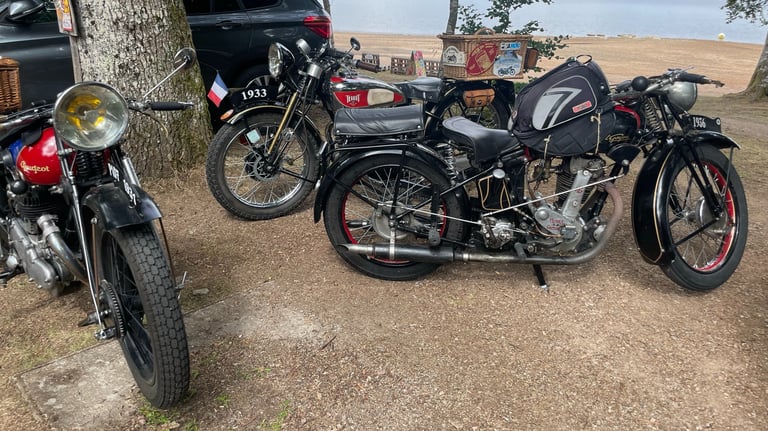

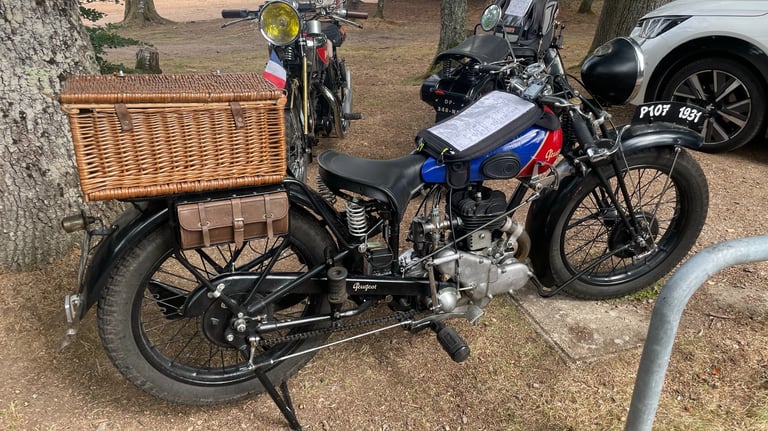


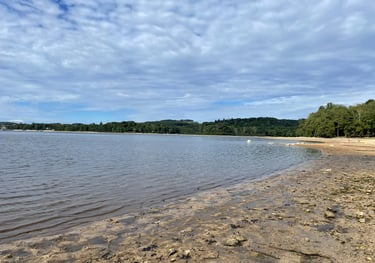
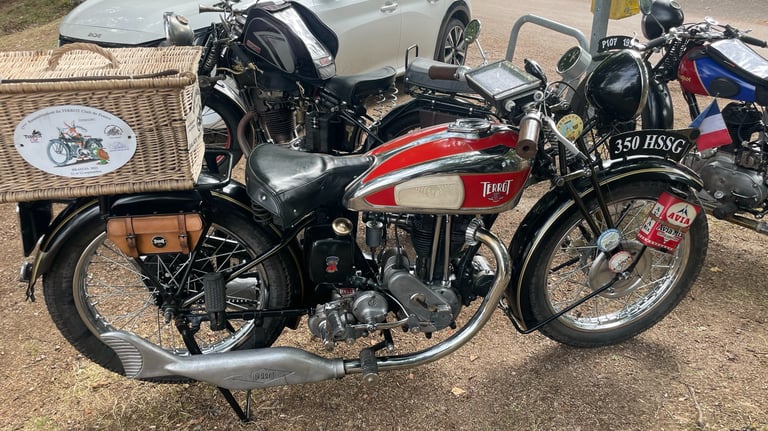

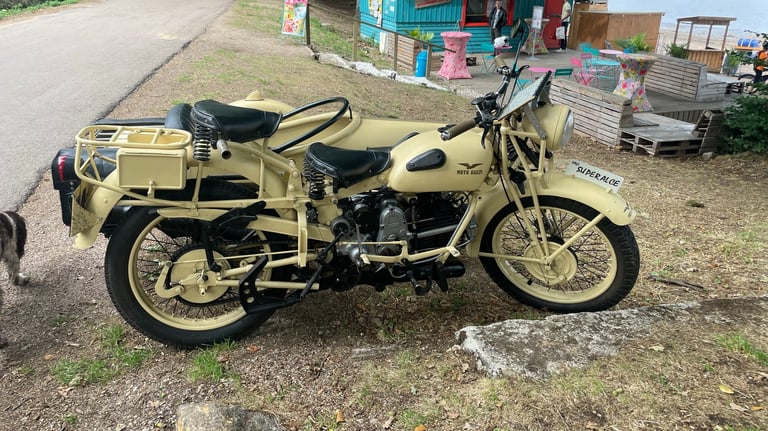

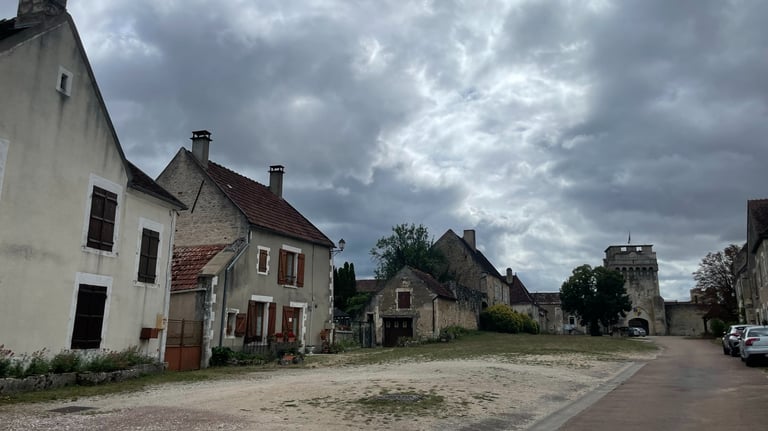

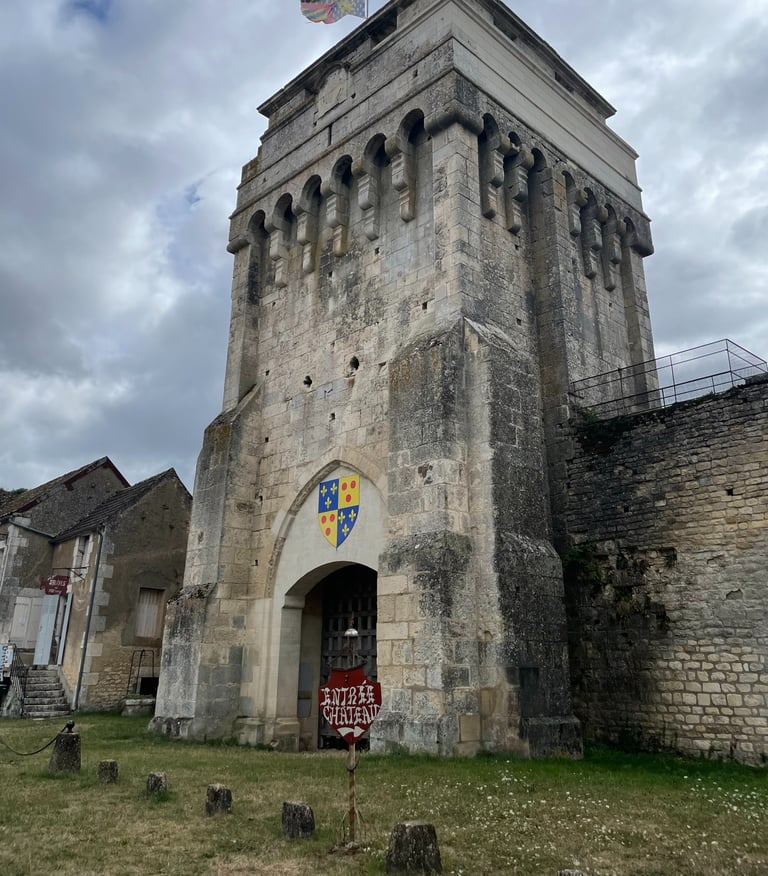

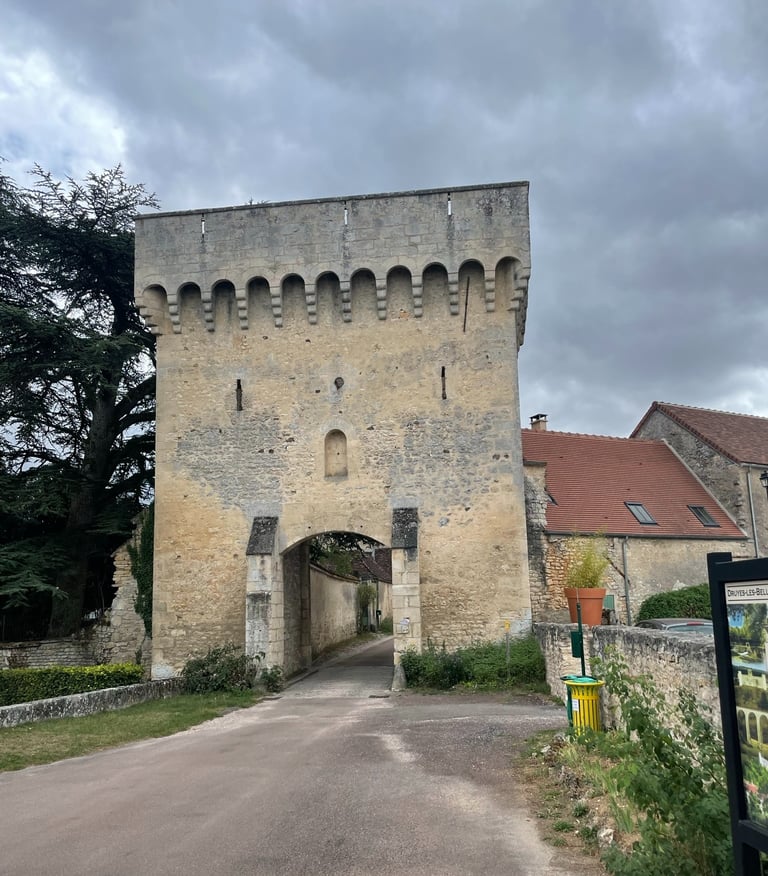

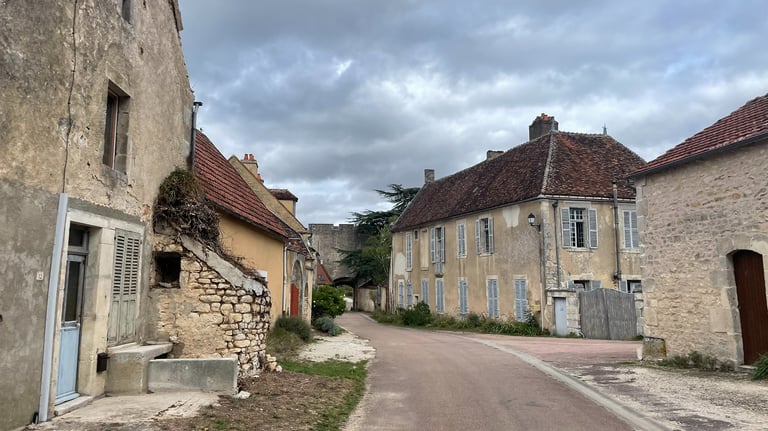

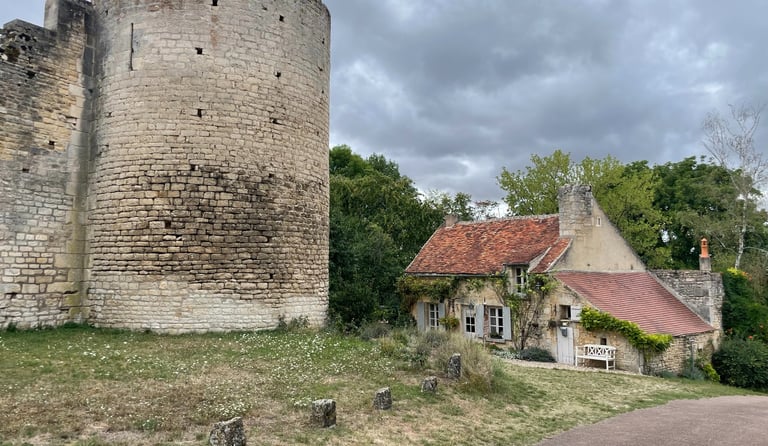

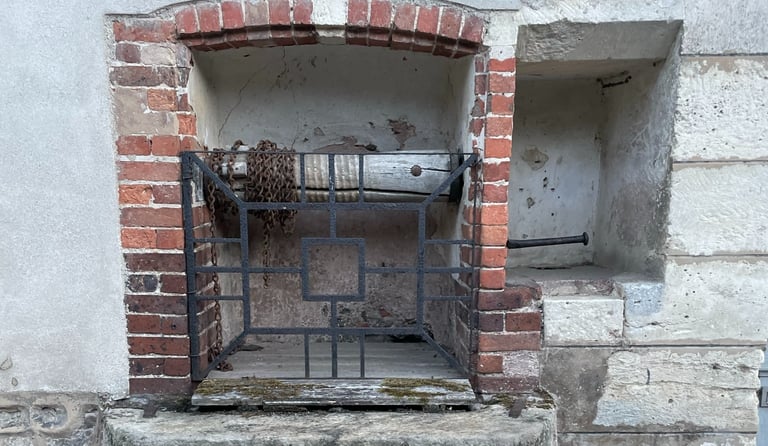


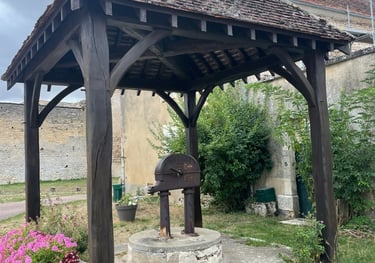
From Druyes-les-Belles-Fontaines we set off early and drove via Saint-Julien-du-Sault where we stopped for an hour all the way up to Paris where we enjoyed the afternoon seeing the usual sights, we parked on paid street parking across the river from the Eiffel tower which was quite expensive for the few hours we were there and then we moved on to stay the night on a quiet side road frequented by campers right outside the gardens to the Palace of Versailles.
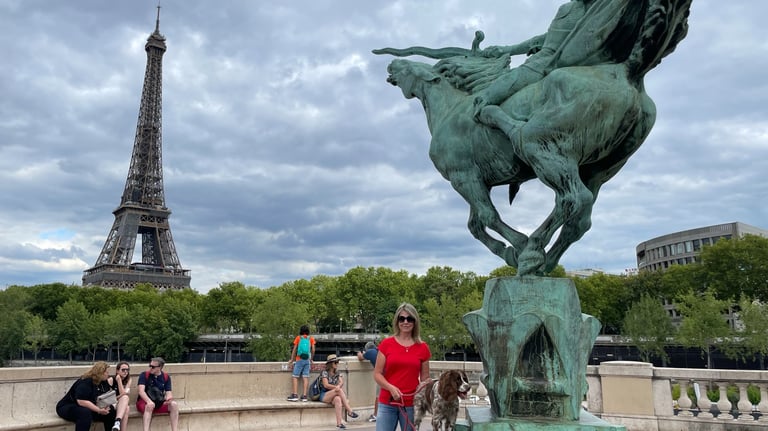

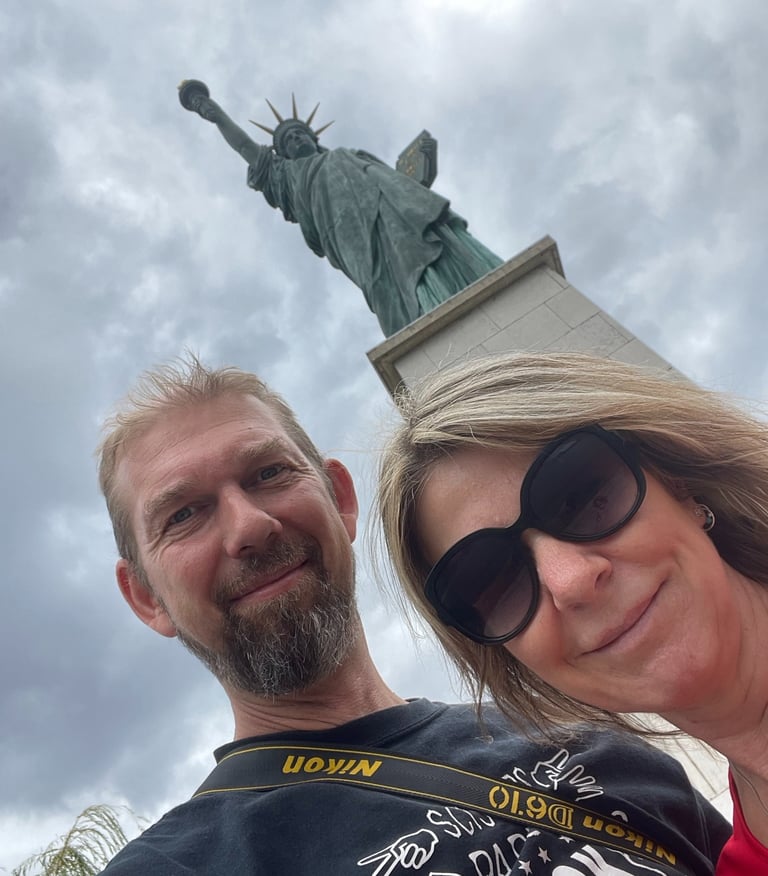

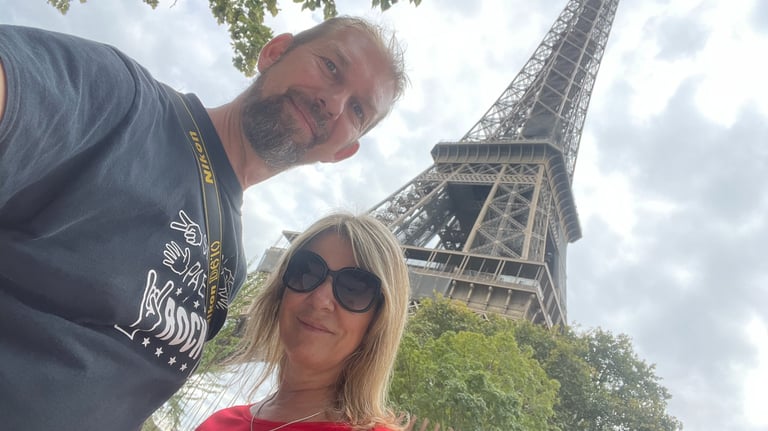

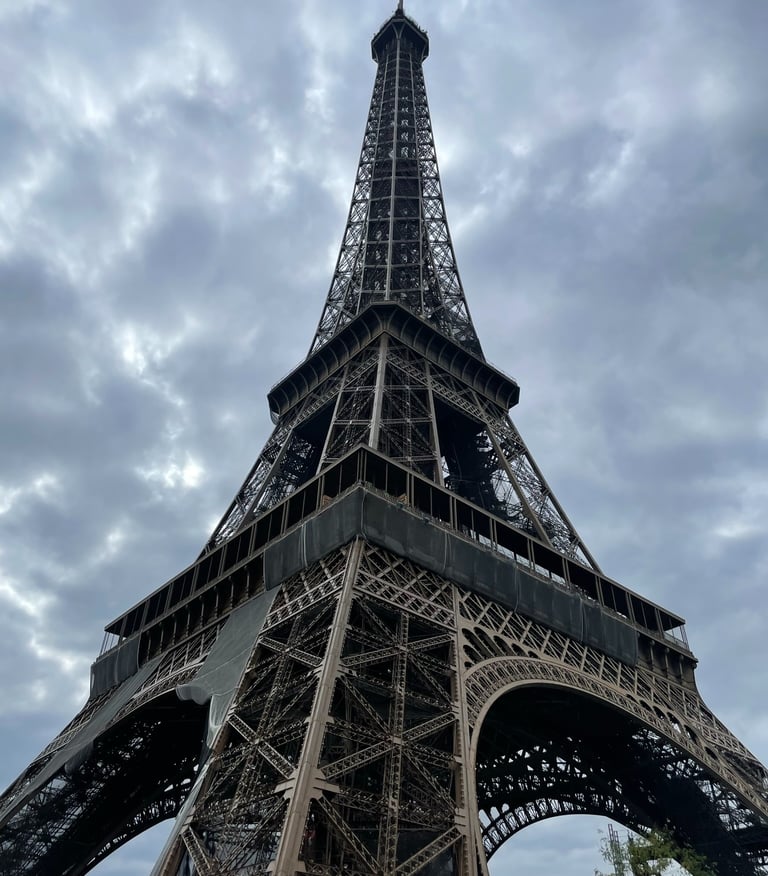

We spent the following morning exploring the gardens and grounds to the palace of Versailles, a glorious complex that has great sculptures, gardens and fountains and is free to enter most days, they charge to enter the formal gardens when they are putting on a musical fountain display. We then drove up to Albert to see the Lochnagar Crater, calling in to a few of the Commonwealth war grave cemeteries along the way. The Lochnagar crater was created by the British and Allied forces as part of the first world war battle for the capture of La Boisselle, exploding 60,000lbs of explosives in a chamber mined below the German front line, the explosion left the crater that is approximately 100m wide and 20m deep and vaporised practically everything above it, including the German forces a the time. We spent the night for free parked up on the grass next to a series of fishing lakes near Etinehem- Mericourt.
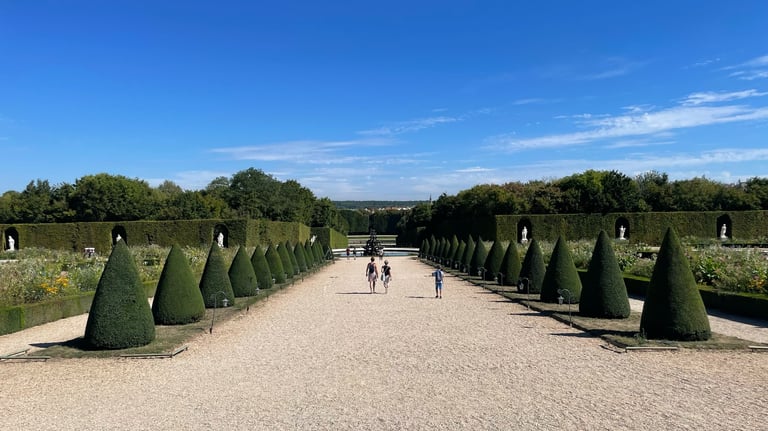

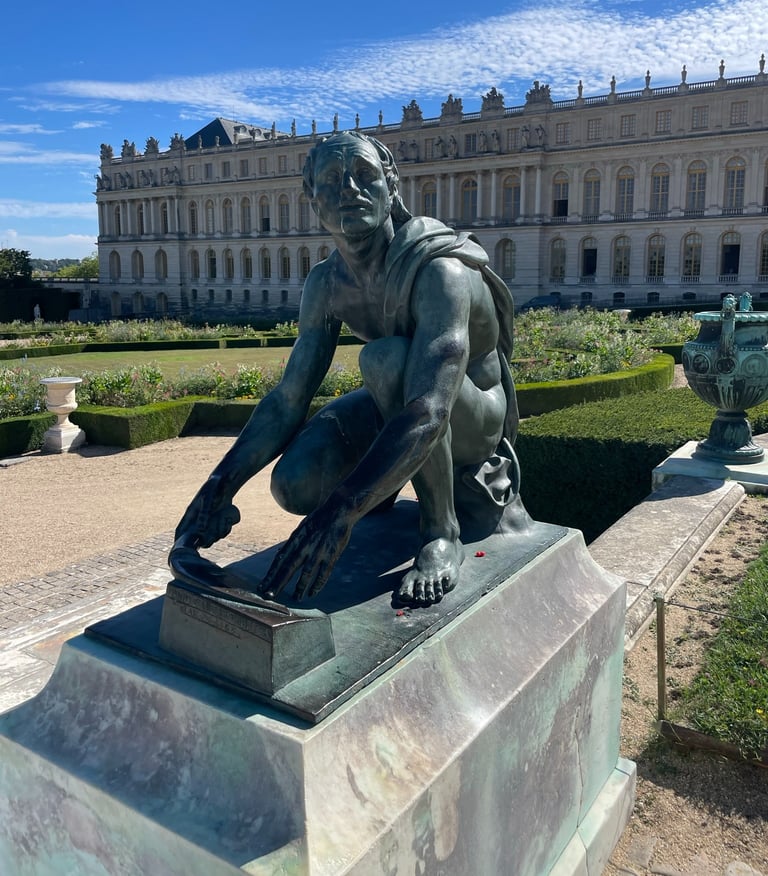

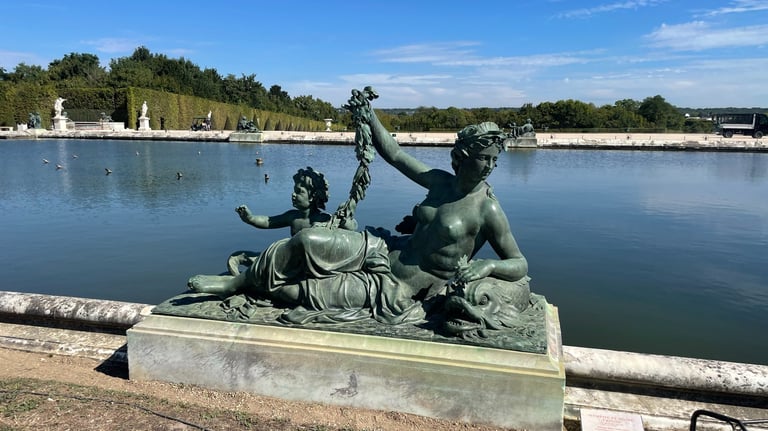




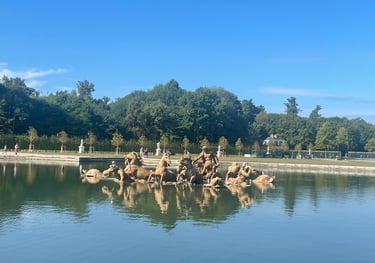
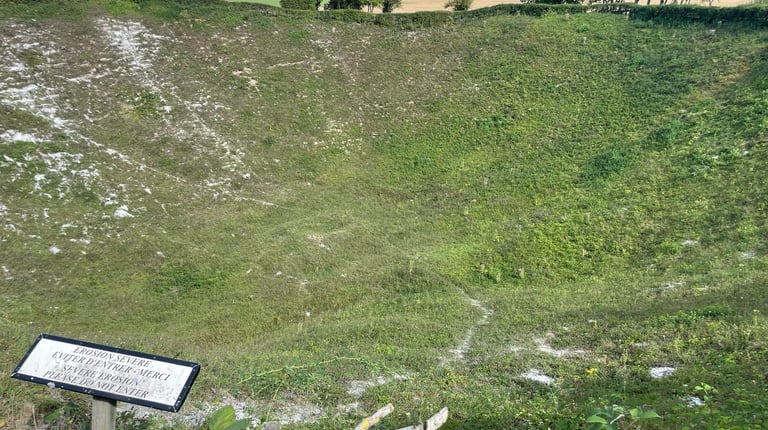

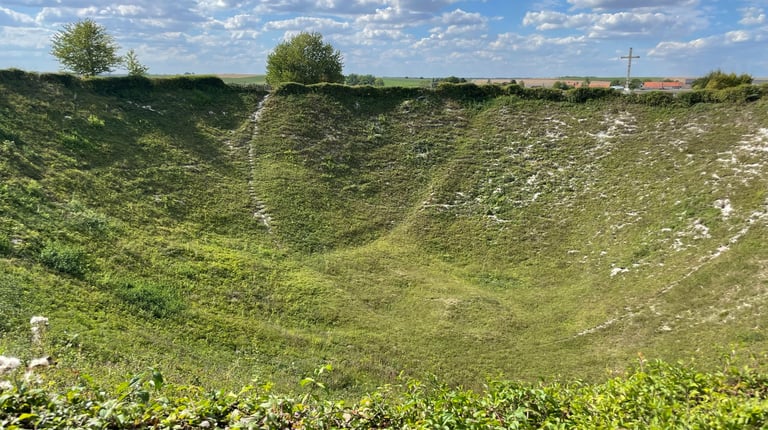

On our last full day in France we decided to visit some of the larger war memorials on rout back to Calais so we called into the Thiepval War memorial. The Thiepval Memorial to the Missing of the Somme is a war memorial to 72,337 missing British and South African servicemen who died in the Battles of the Somme of the First World War between 1915 and 1918, with no known graves. It is dominated by a structure designed by Sir Edwin Lutyens, and has been described as "the greatest executed British work of monumental architecture of the twentieth century" and is accompanied by a small museum shop and cafe and is well worth the visit.
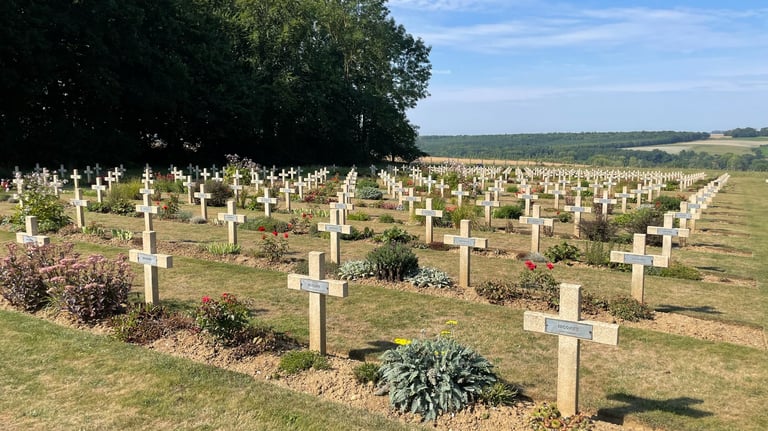

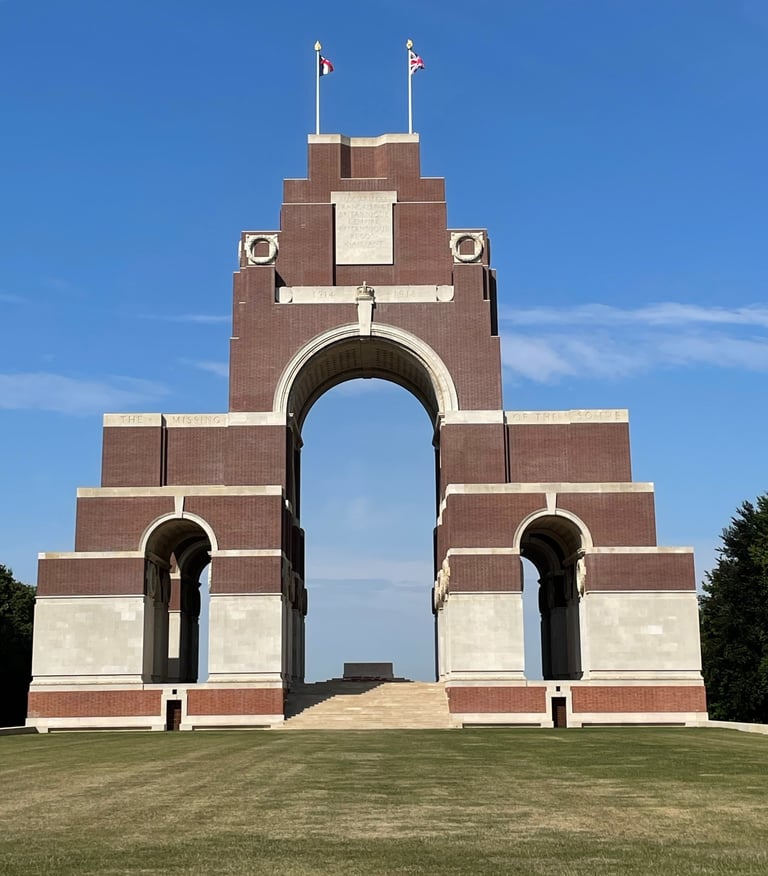

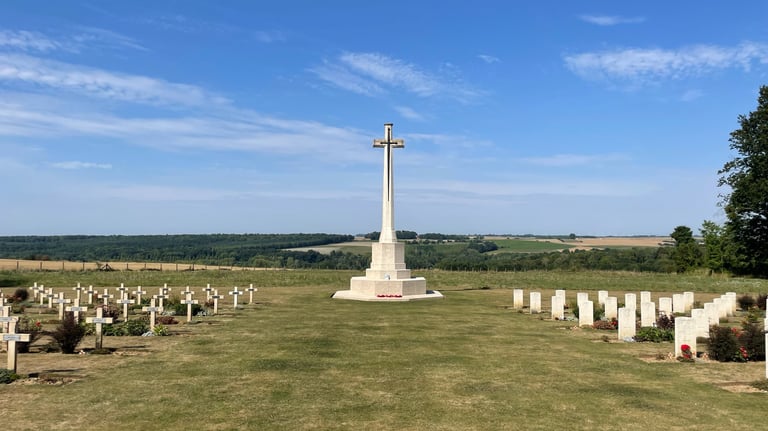

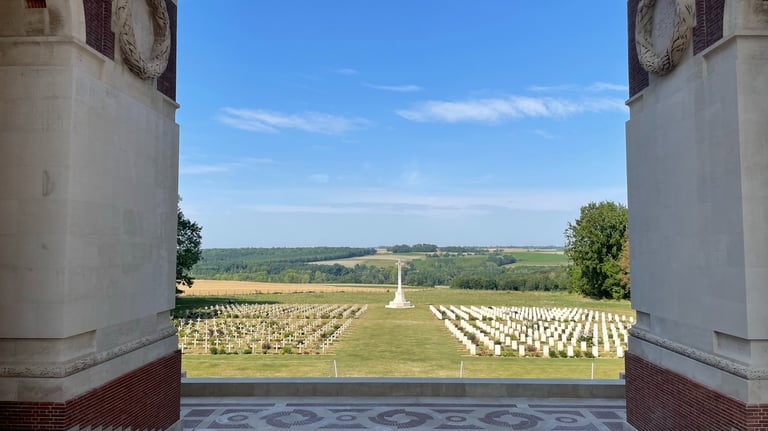

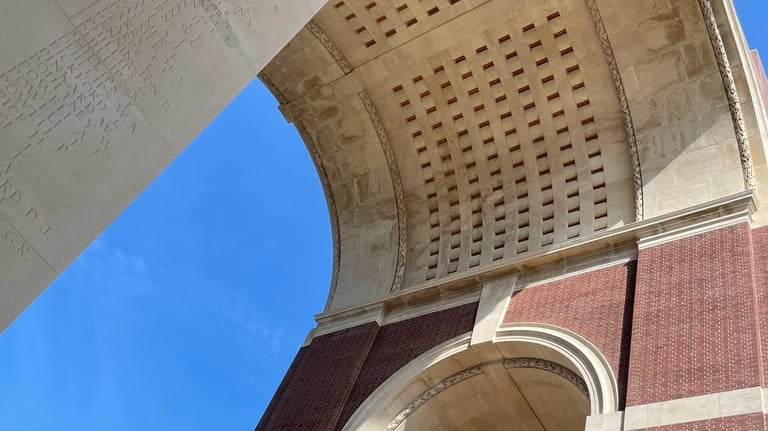

We also called into the Canadian National Vimy Memorial, this site is dedicated to the memory of Canadian Expeditionary Force members killed during the First World War. It also serves as the place of commemoration for Canadian soldiers of the First World War killed or presumed dead in France who have no known graves. The monument is the centrepiece of a 250-acre preserved battlefield park that encompasses a portion of the ground over which the Canadian Corps made their assault during the initial Battle of Vimy Ridge offensive and includes original mined areas and trenches from the original battle. The memorial is impressive and can be seen for miles as you approach the site.
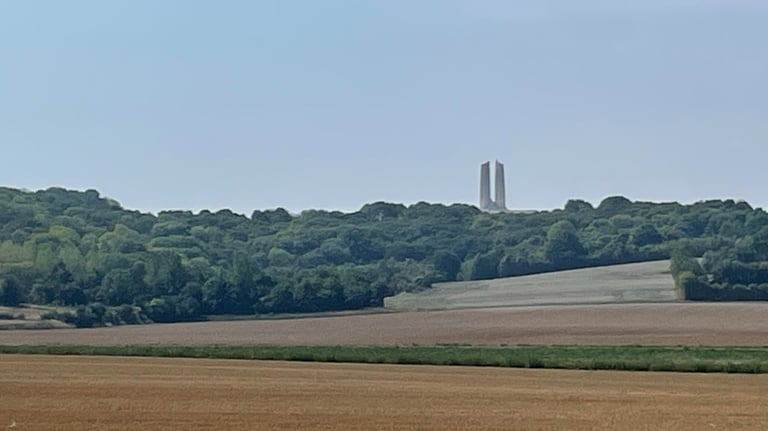

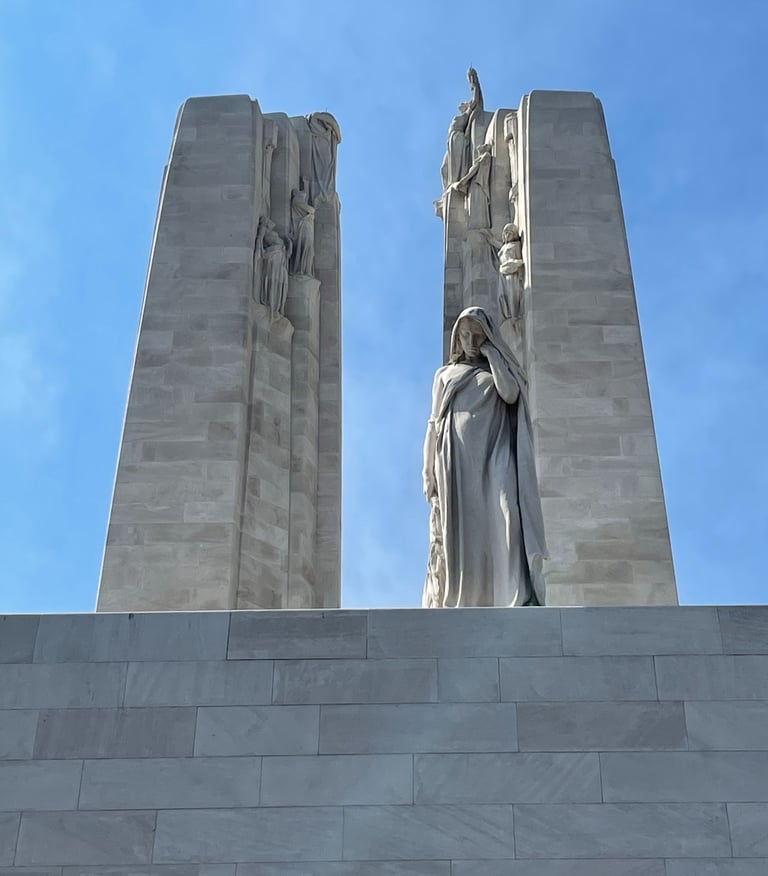

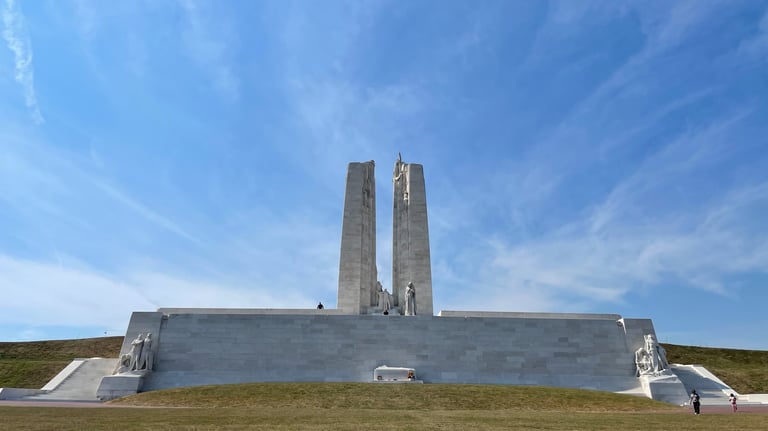

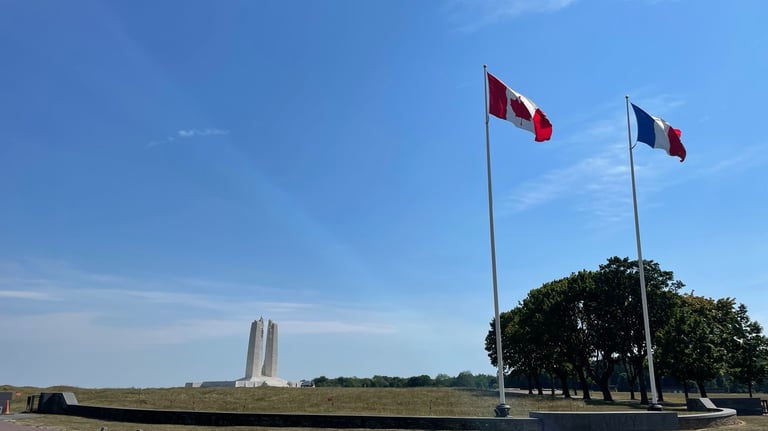


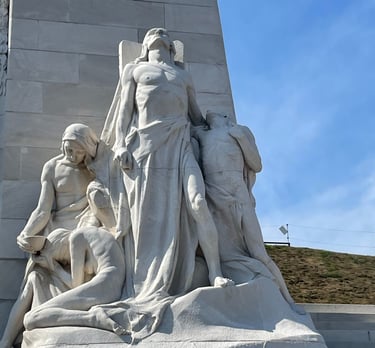
Our final memorial site was the Neuve-Chapelle Indian Memorial, this is another World War 1 Memorial that commemorates 4,742 Indian Soldiers (including Nepalese) with no known grave, who fell in battle while fighting for the British Indian Army in the first world war. The location of the memorial was chosen because of the participation by Indian and Nepalese troops at the Battle of Neuve Chapelle. We chose to visit this as the Indian and Nepalese soldiers sacrifice is often forgotten.
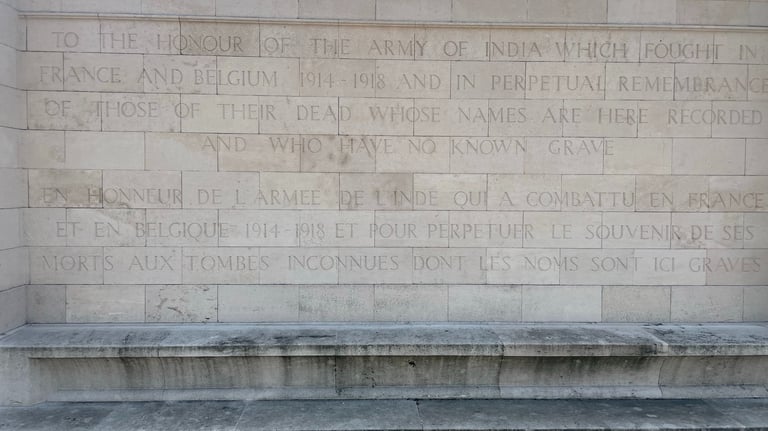

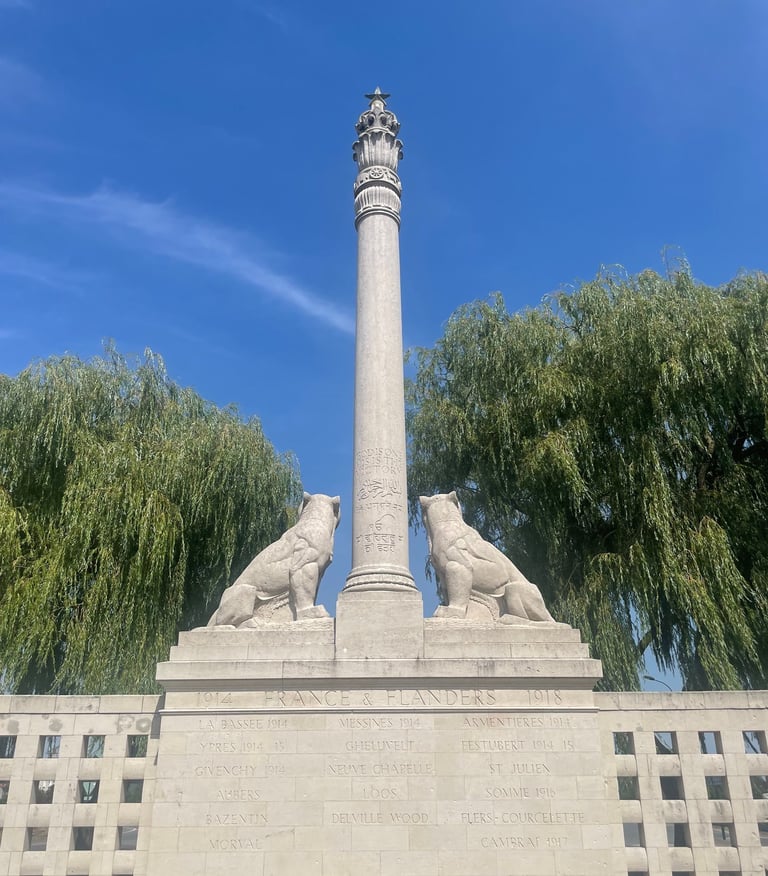

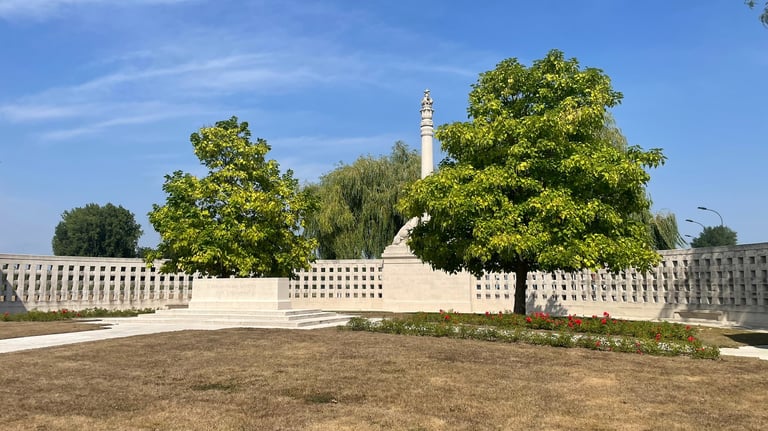

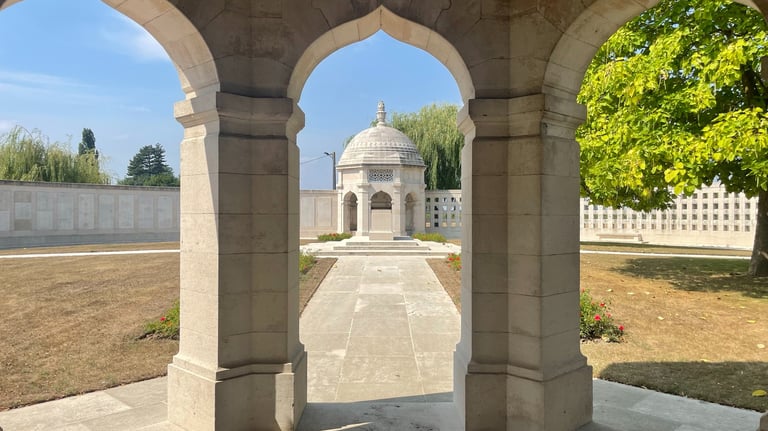


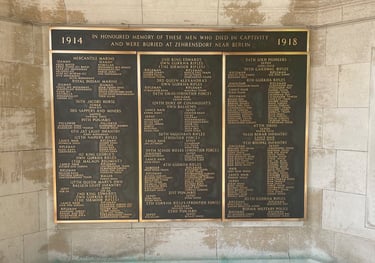
Finally we drove over to Wissant where we spent a few hours on the beach before staying the night on a paid site with services on a farm a couple of miles inland. The following morning we again had a walk along the beach before driving over to Calais and boarding our ferry to Dover and the long drive home, bringing to an end our 26 day, 3700 mile adventure!
